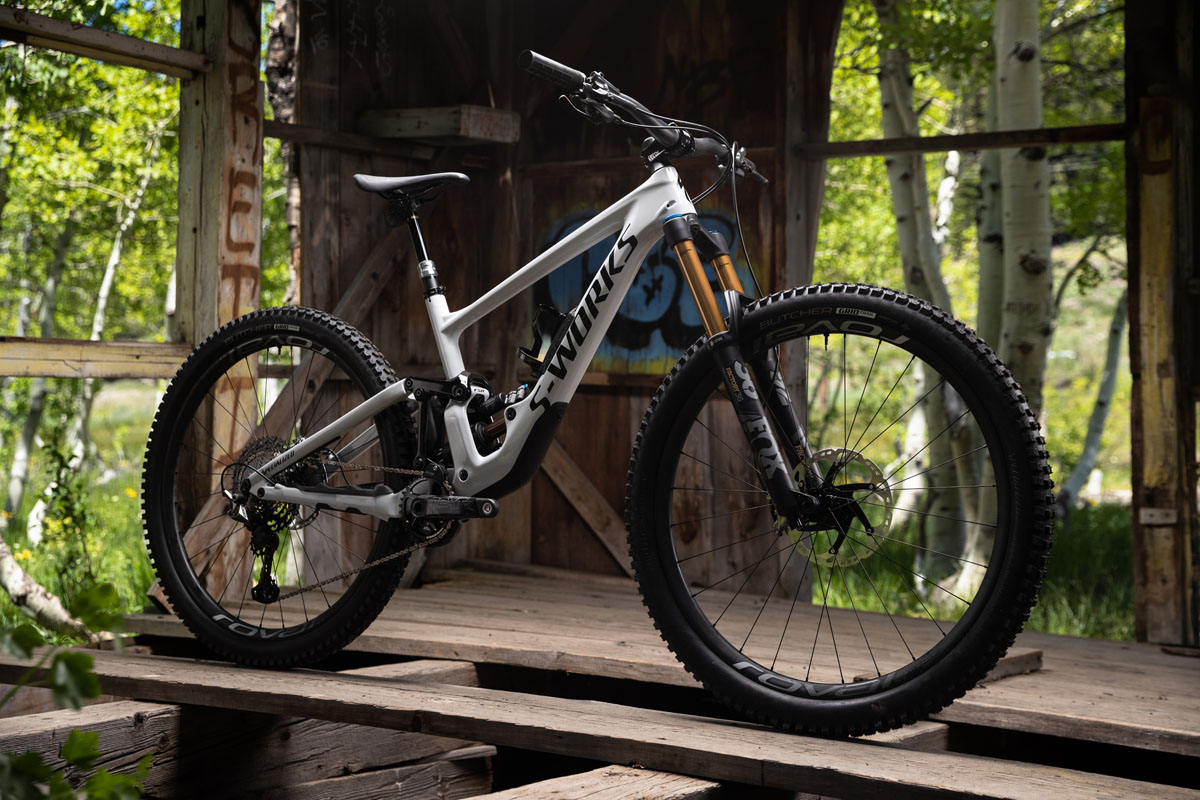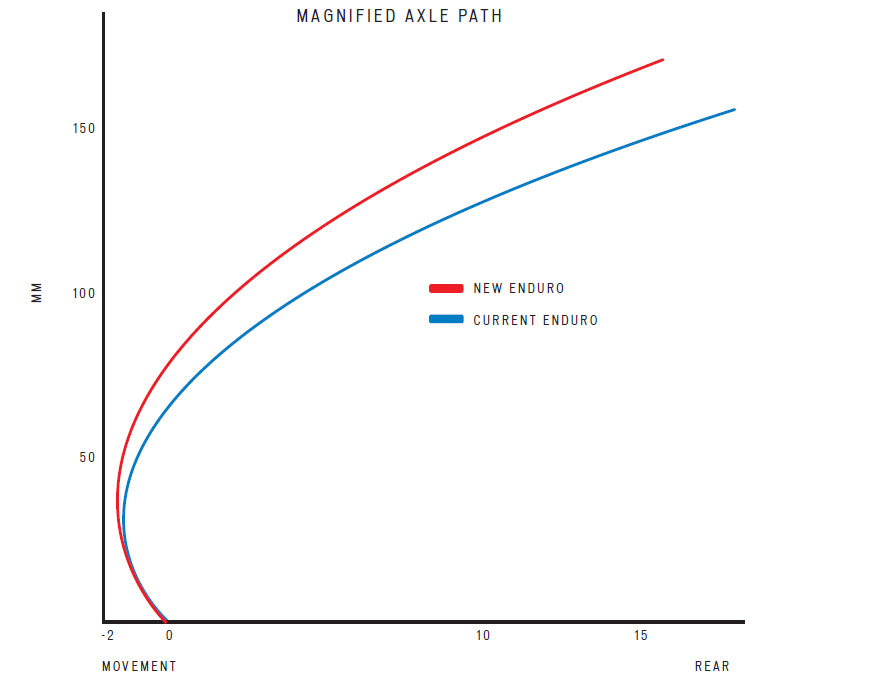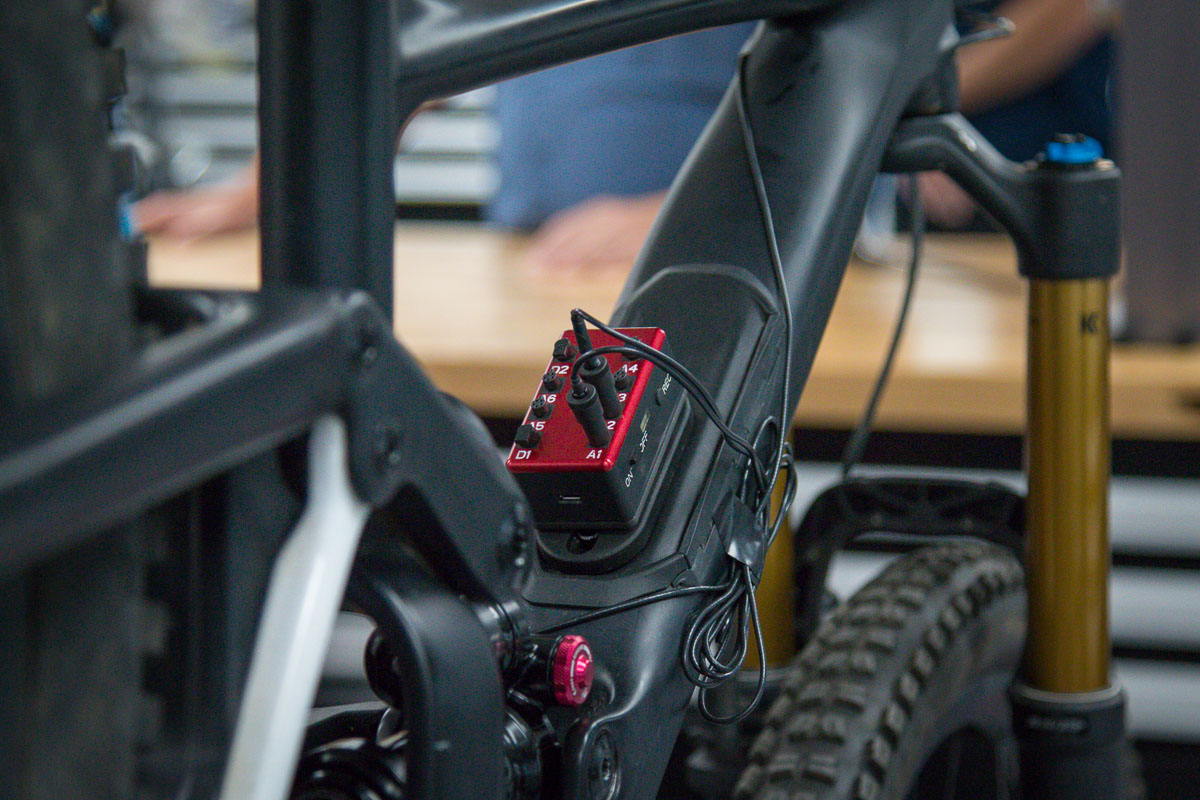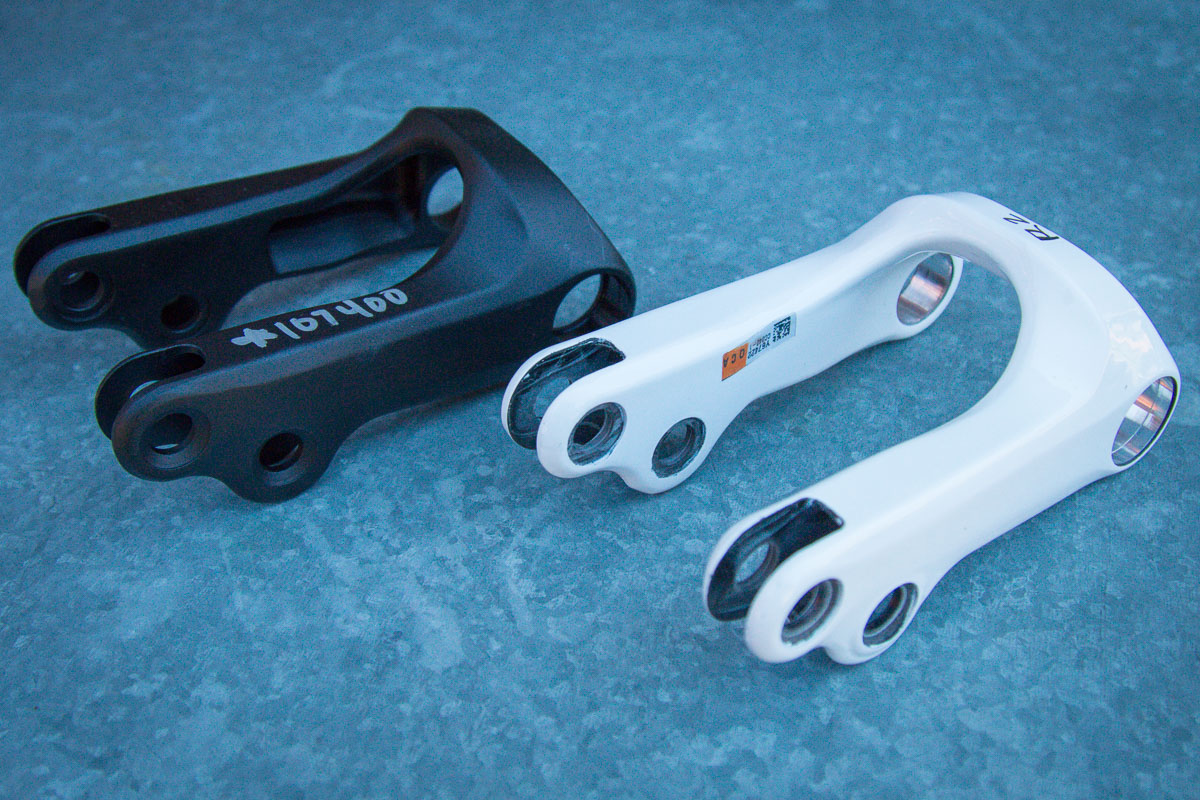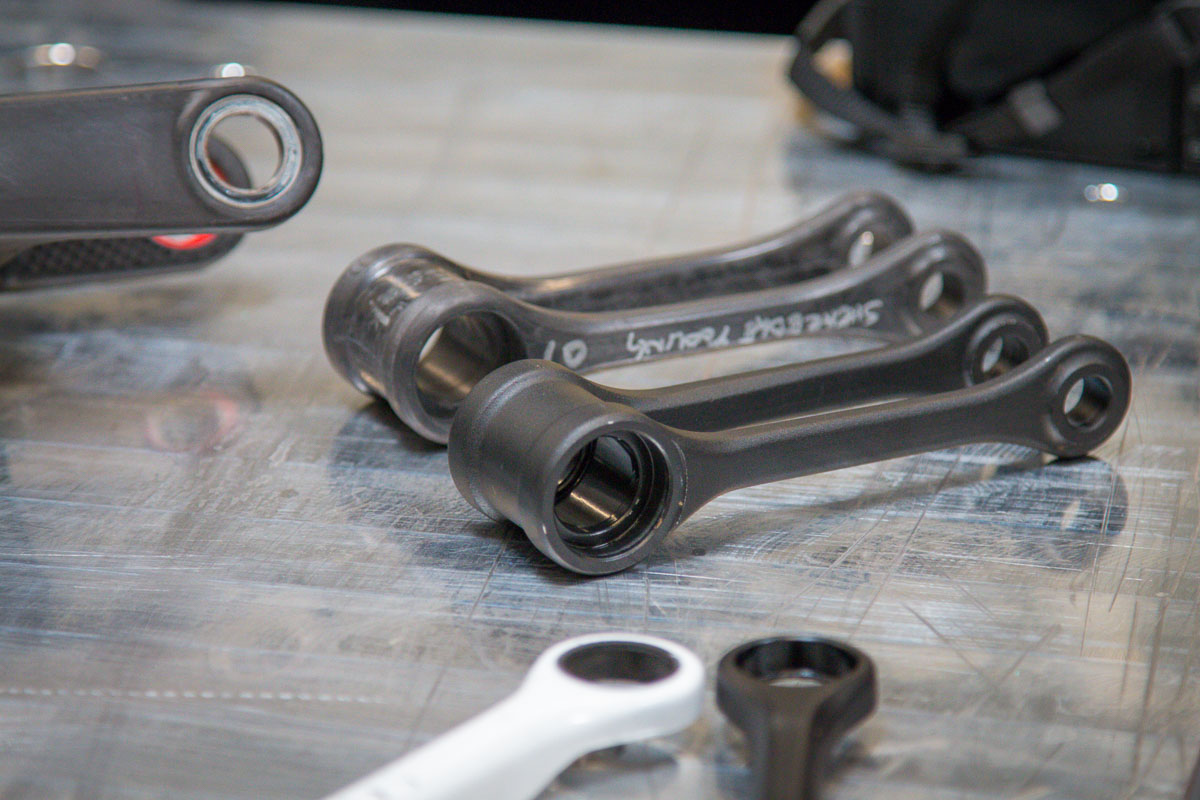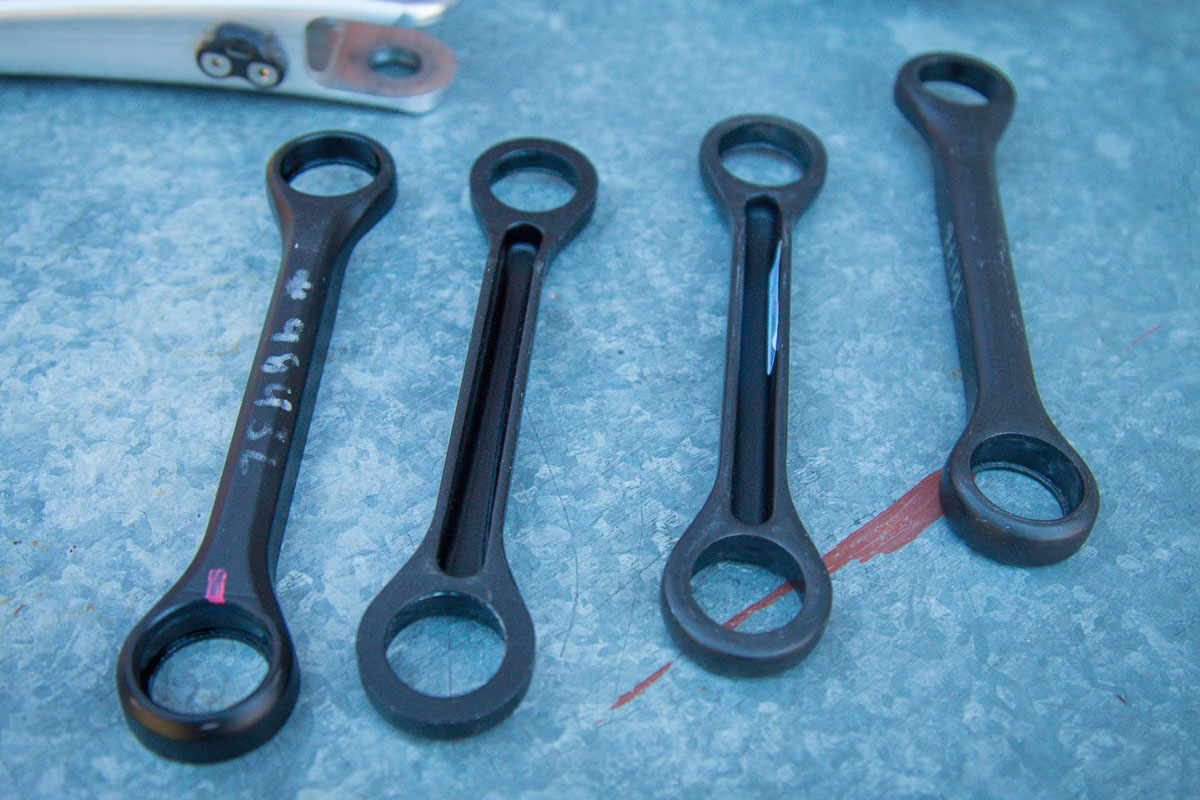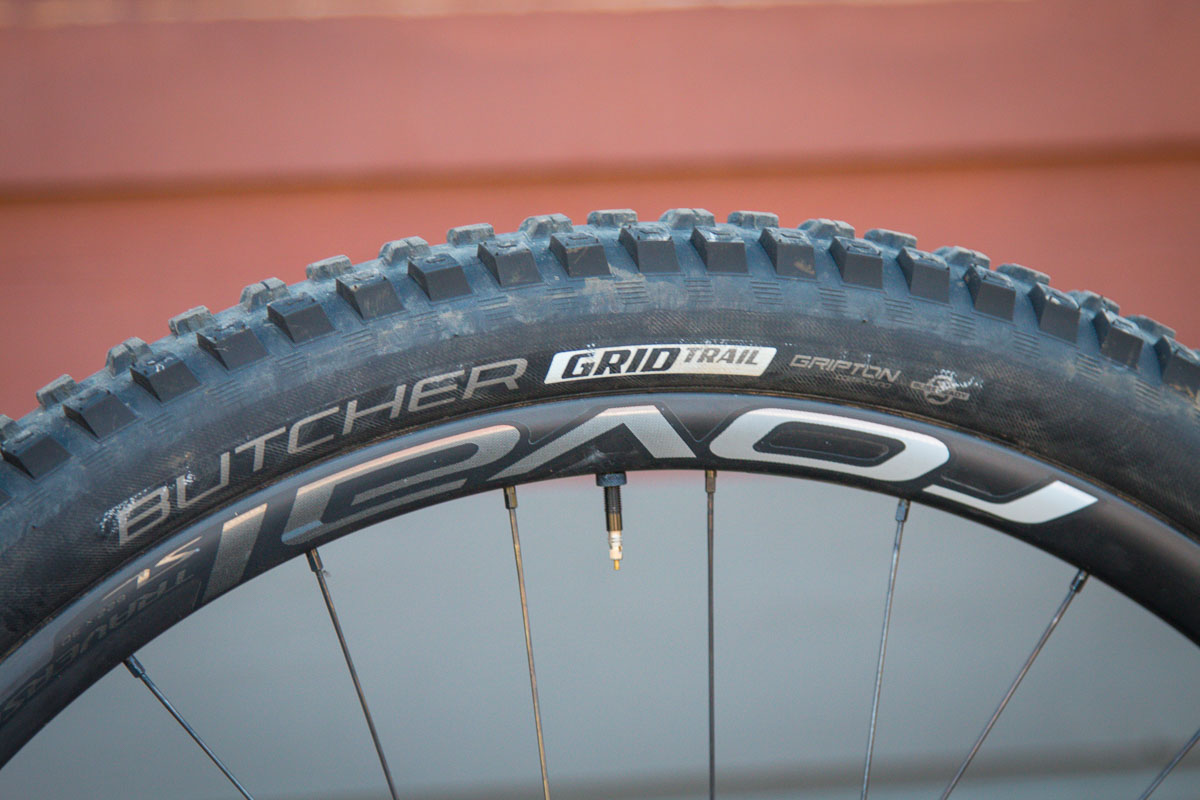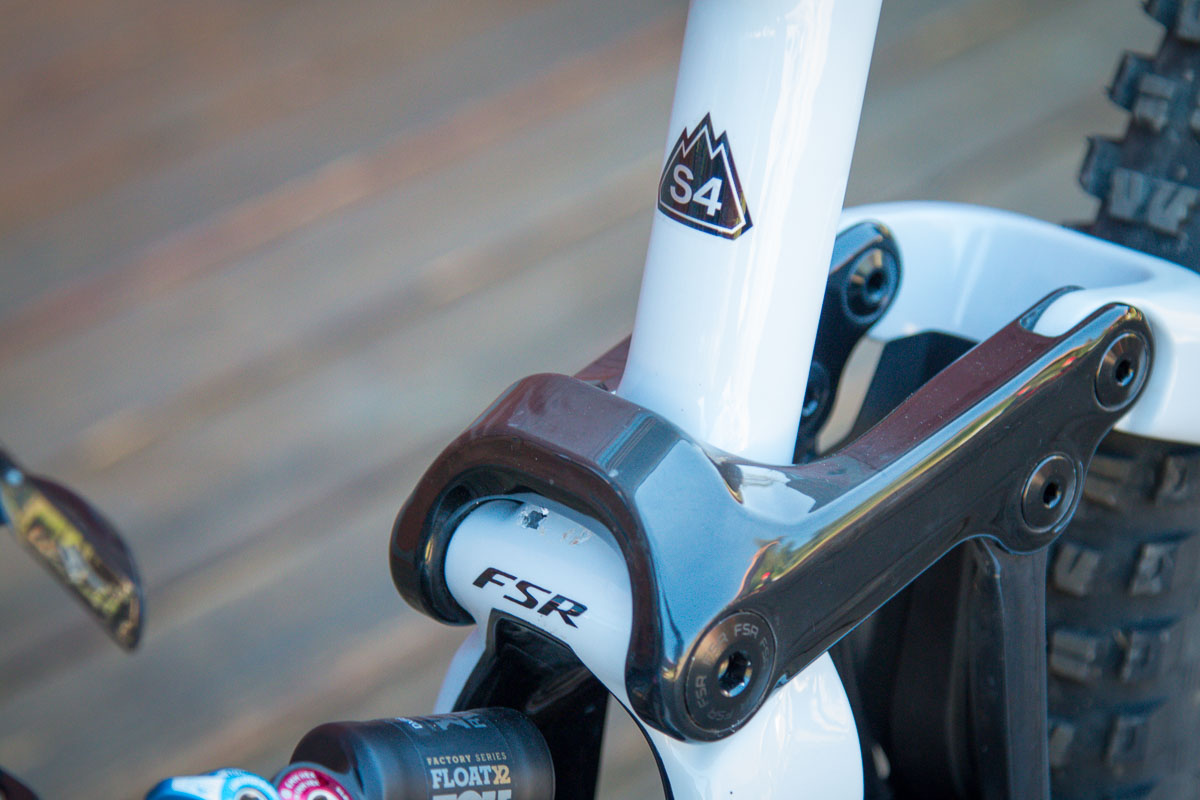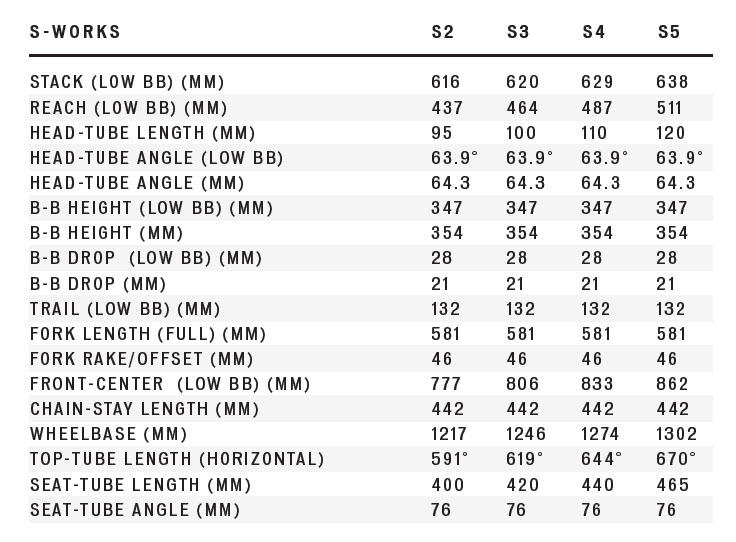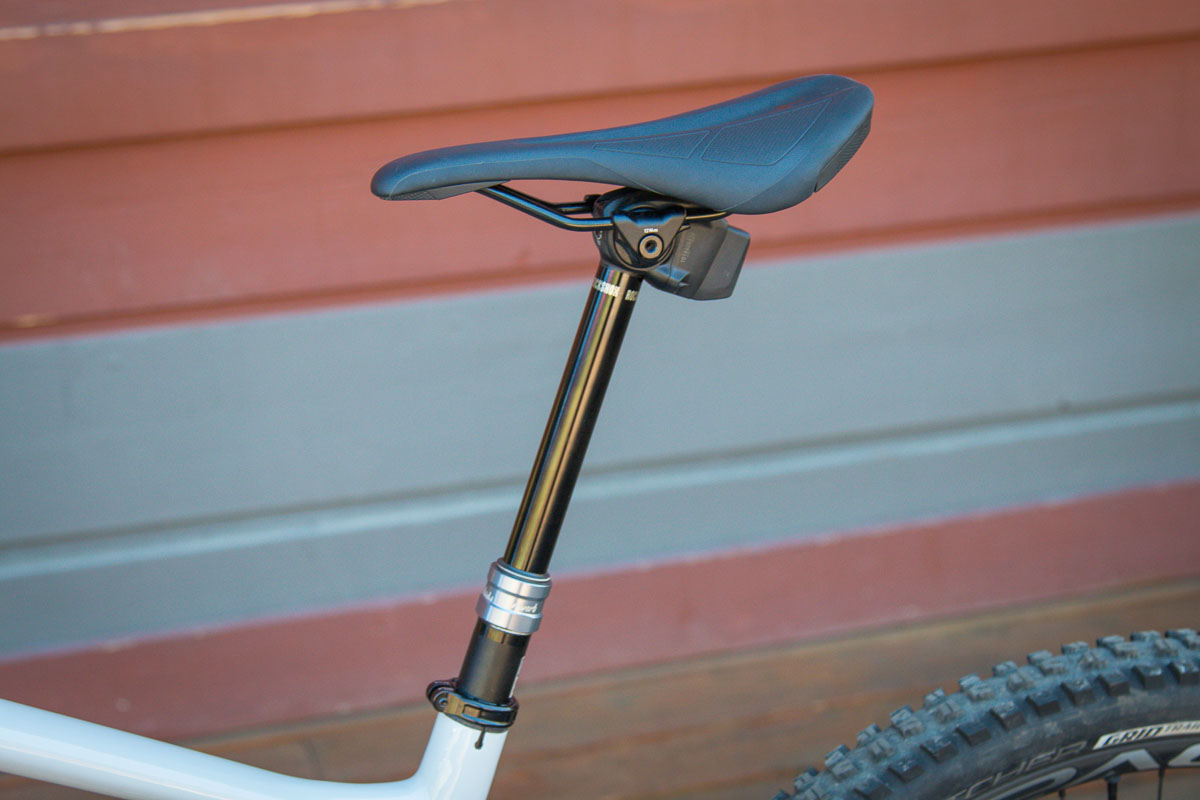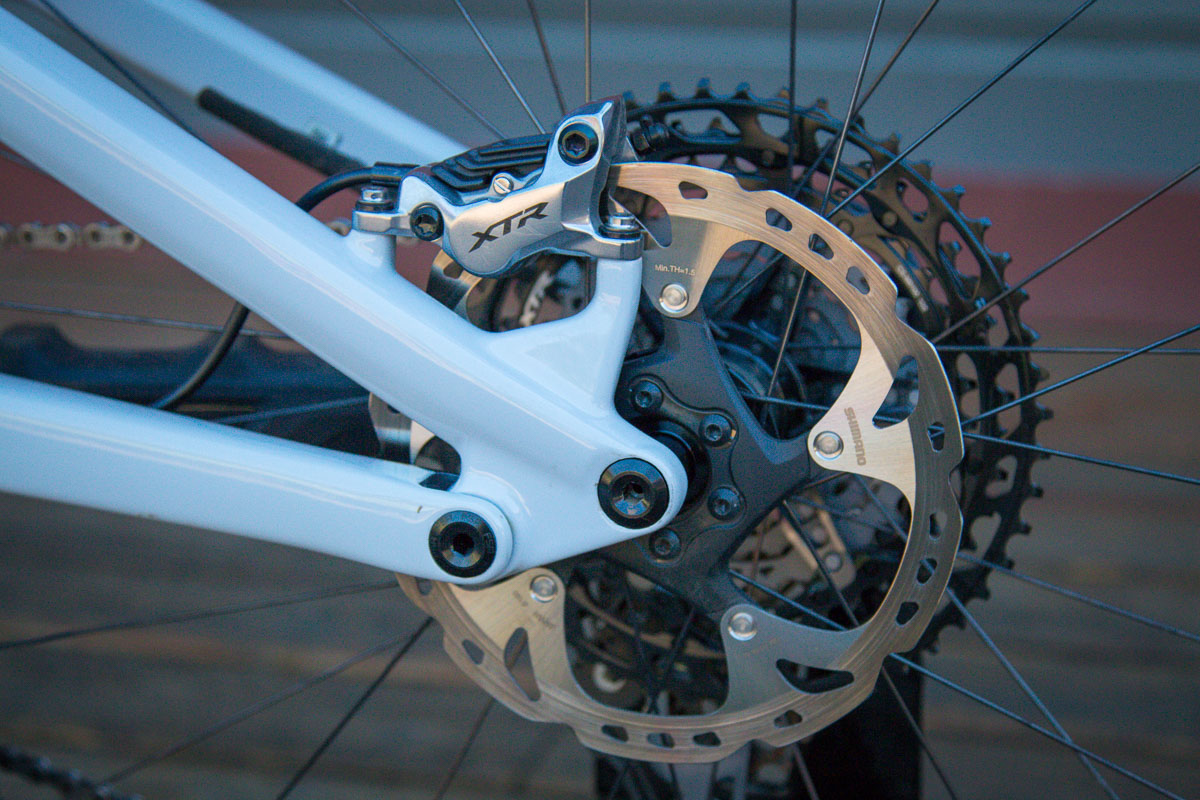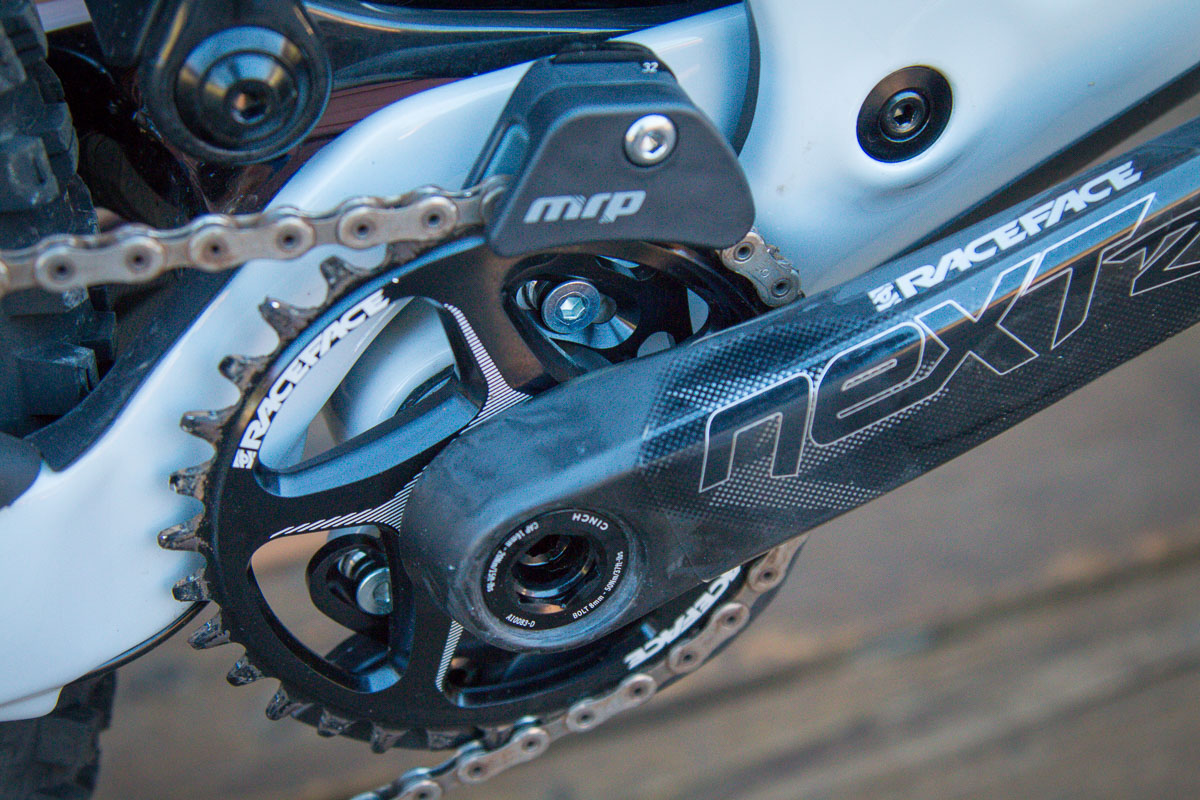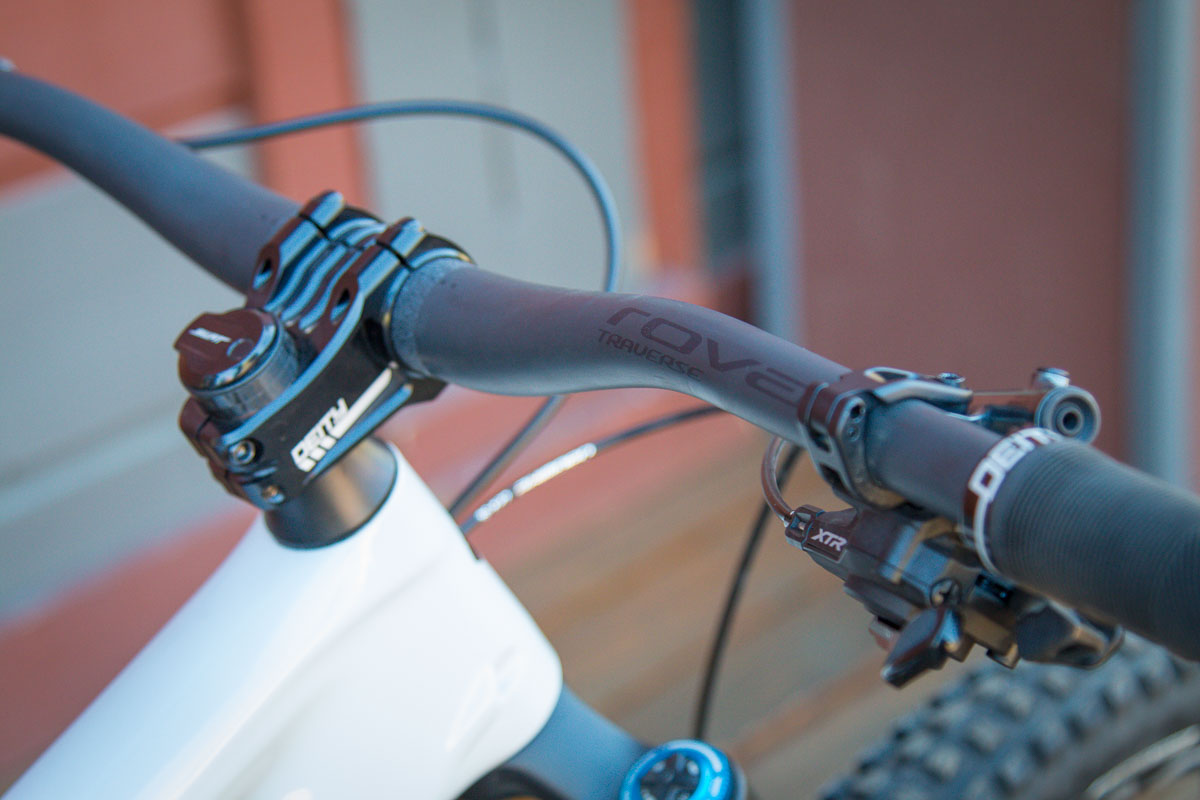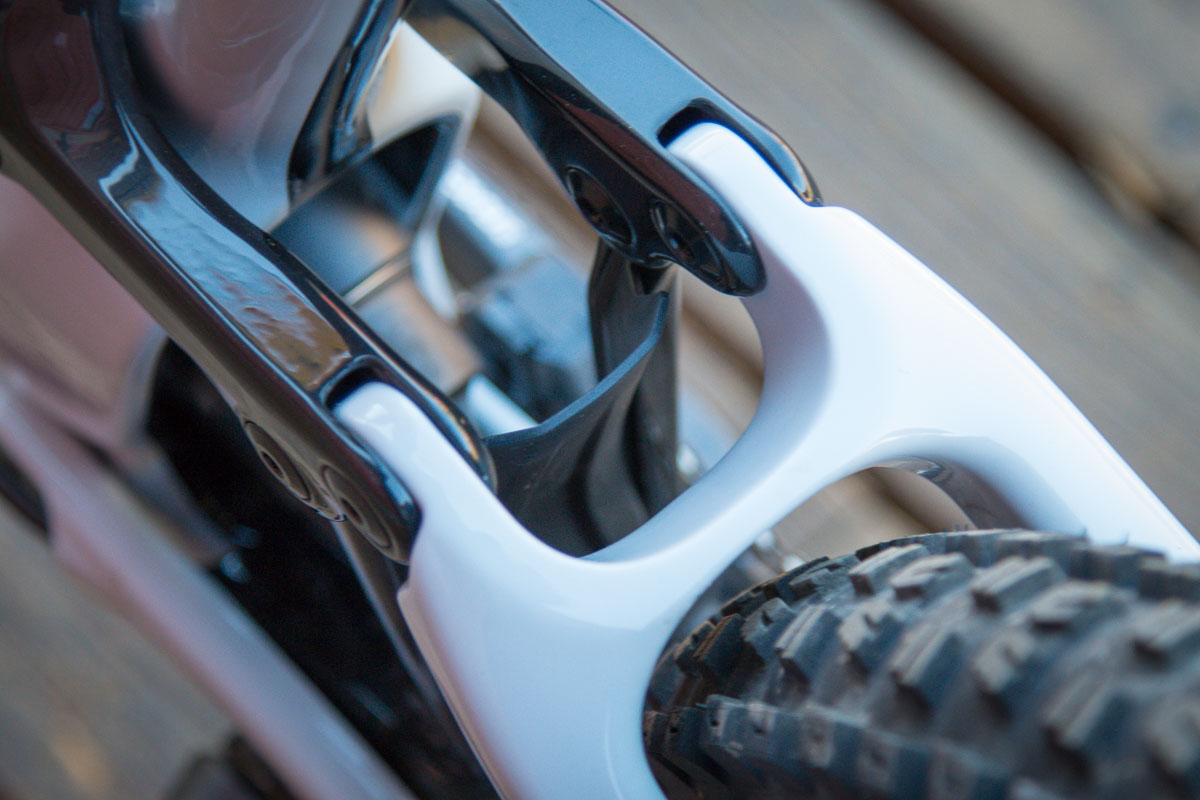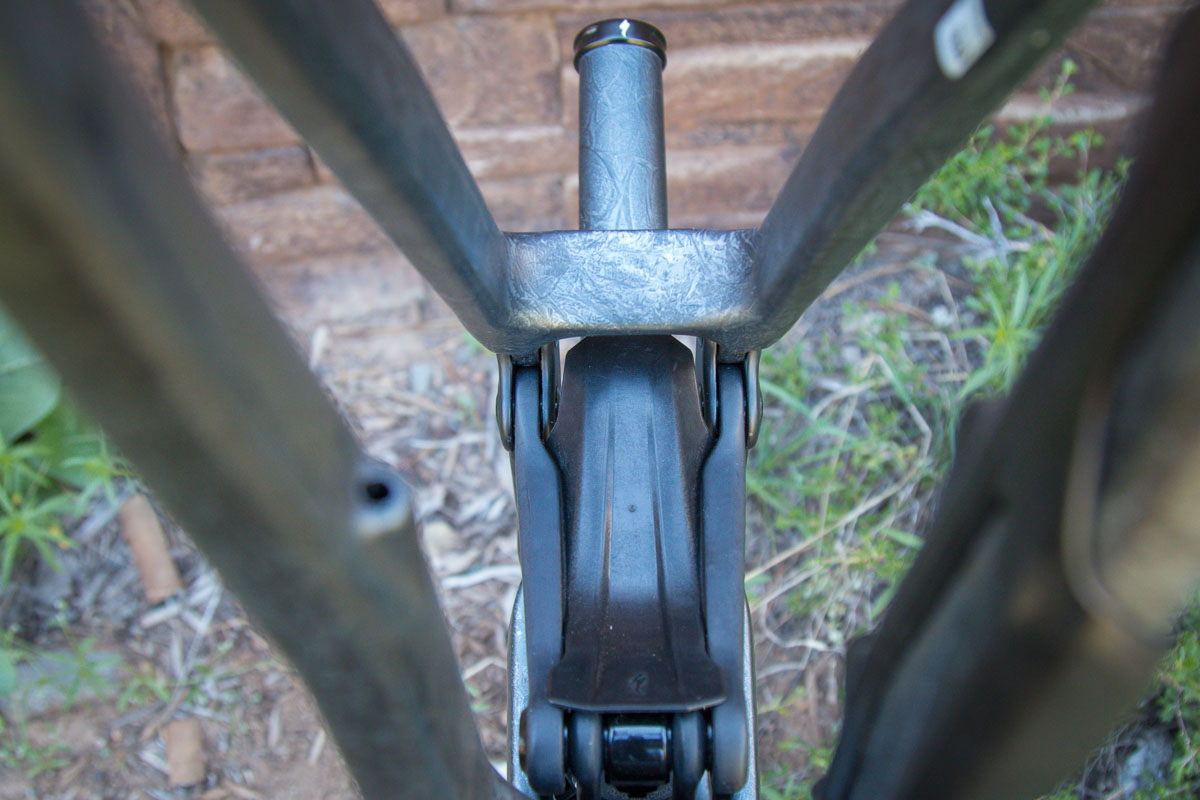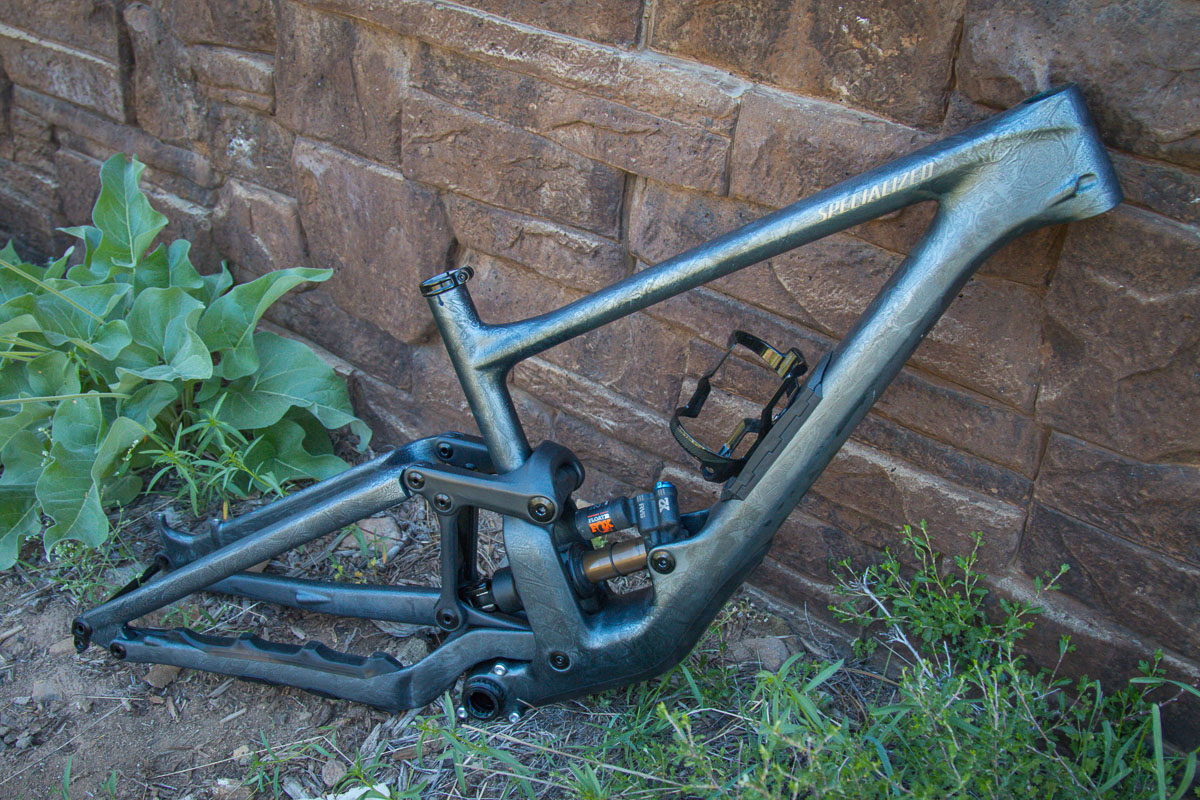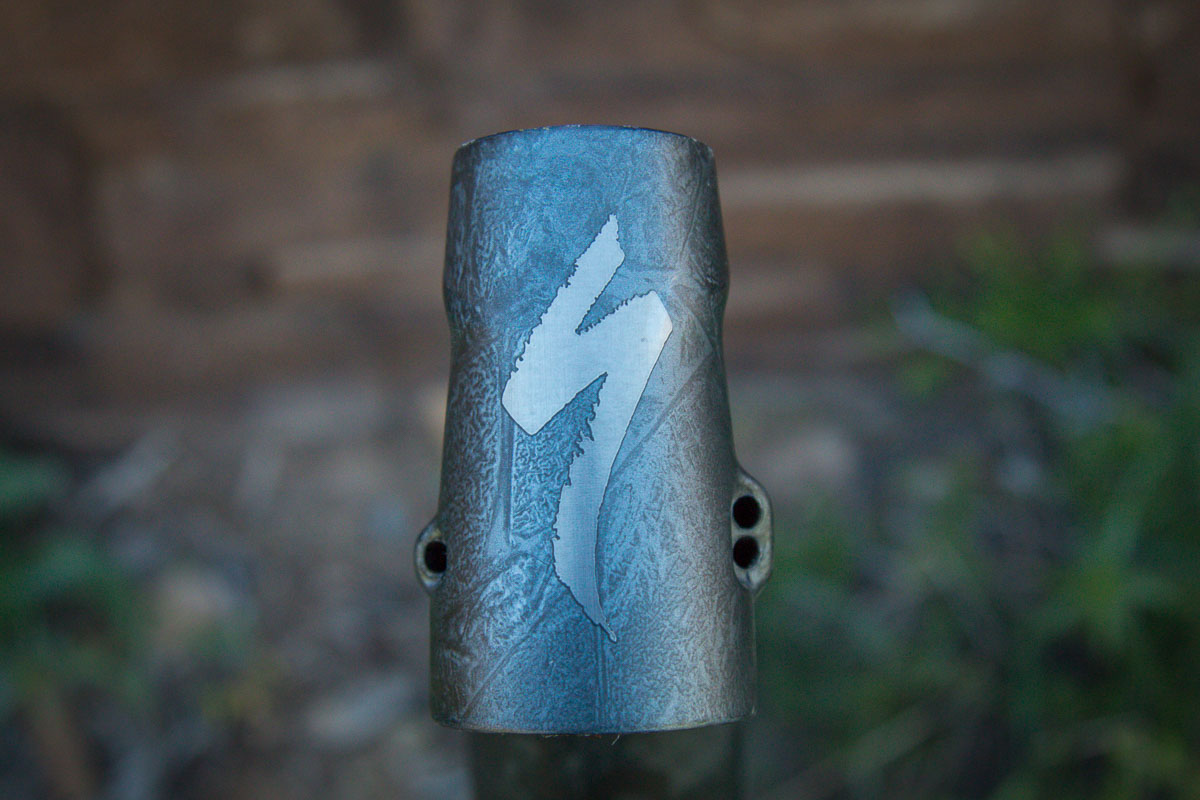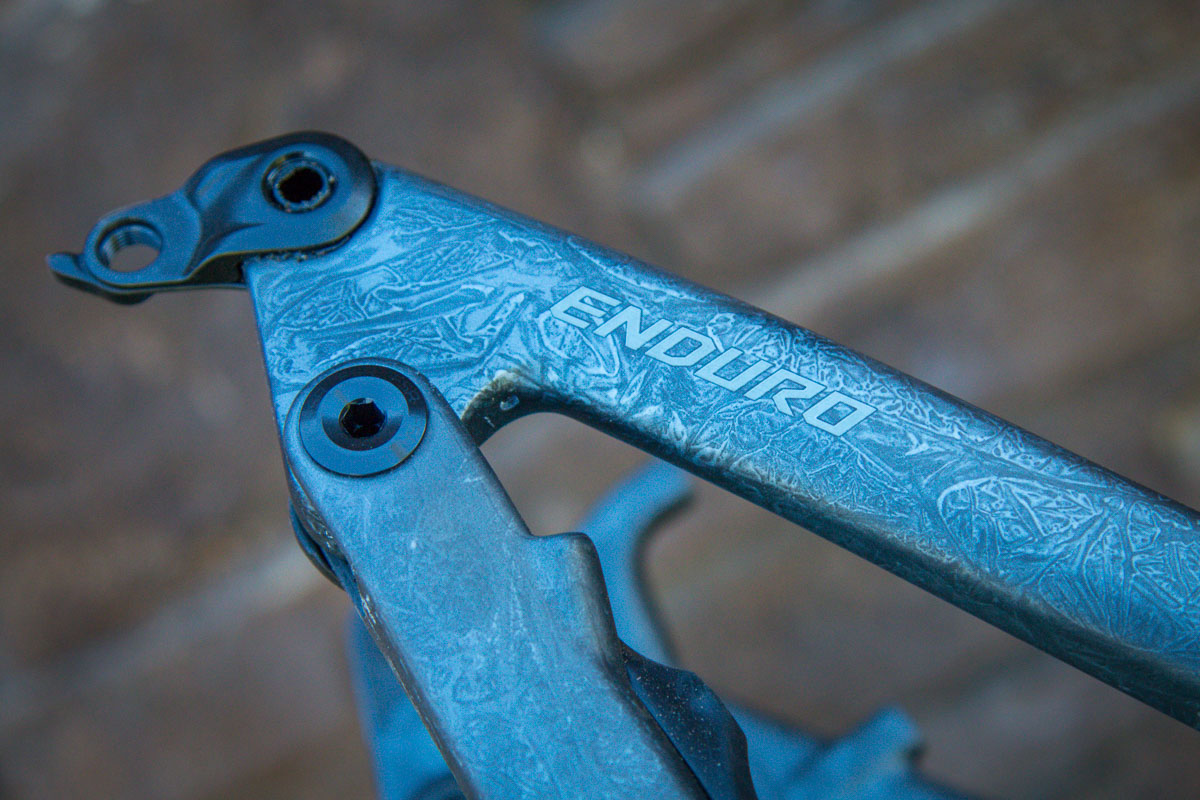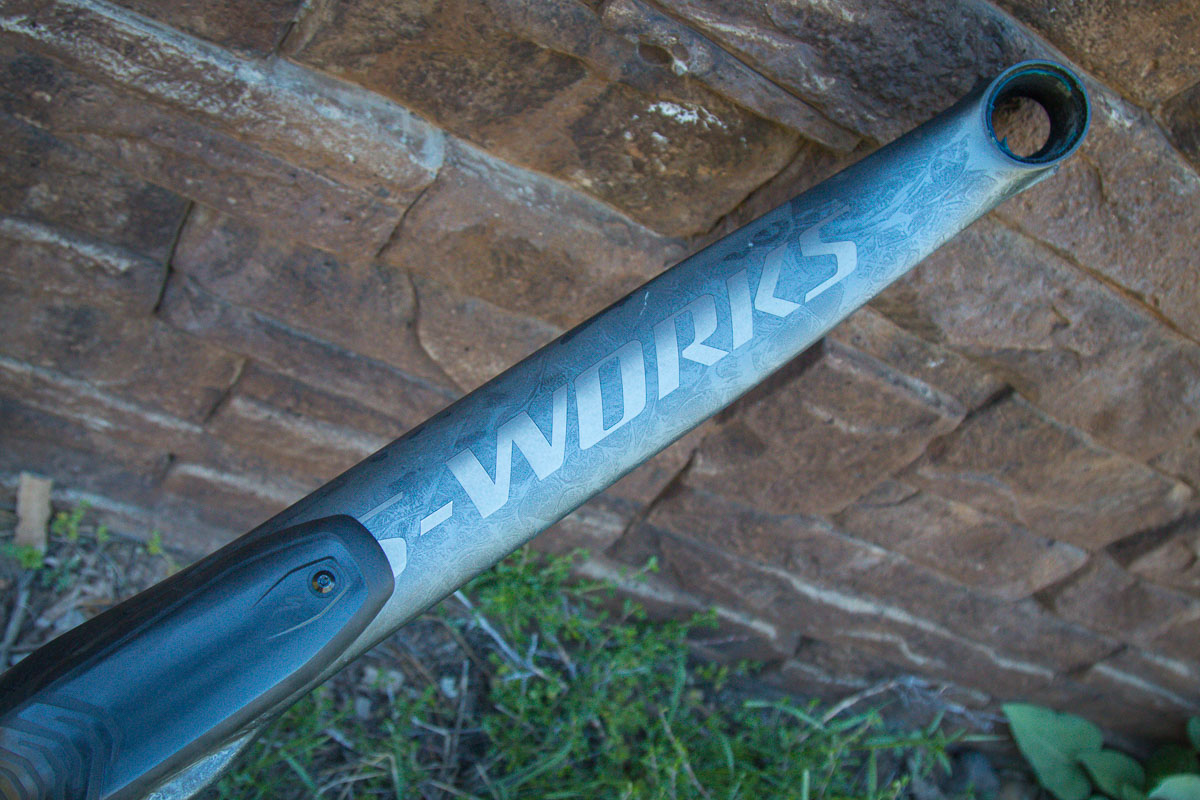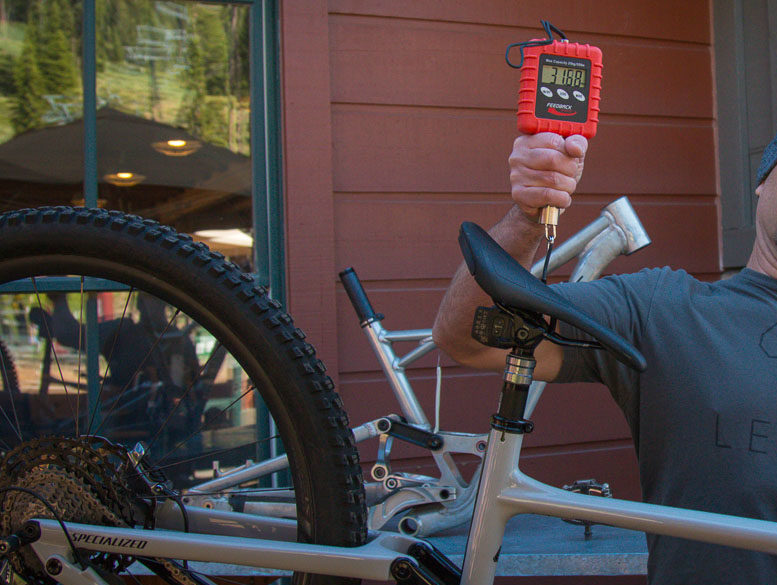Faster in every situation. If you distill the new Enduro down to one main tenet, it seems to be this. Faster while coasting. Faster while pedaling. Bigger wheels. Revised suspension. Longer travel. And while the ability to ride the bike faster than ever was the goal, there’s a lot more to the newest Specialized that is worthy of your attention.
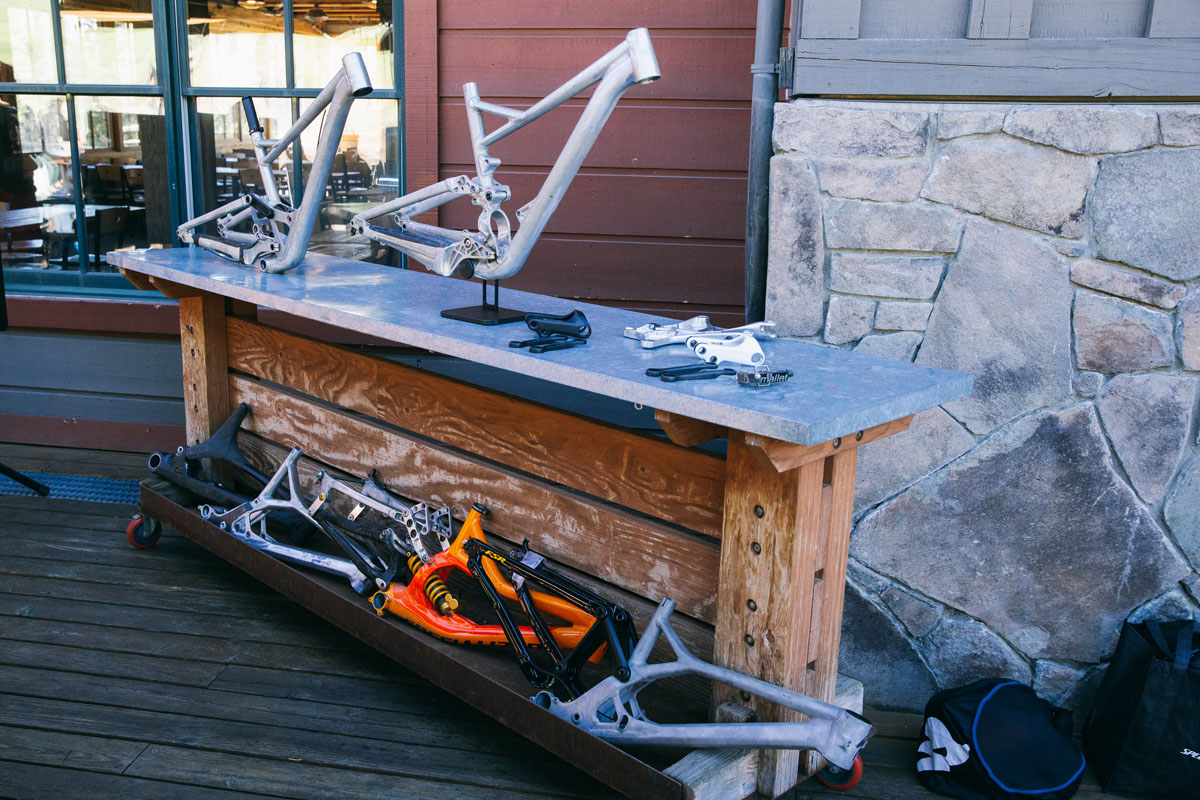
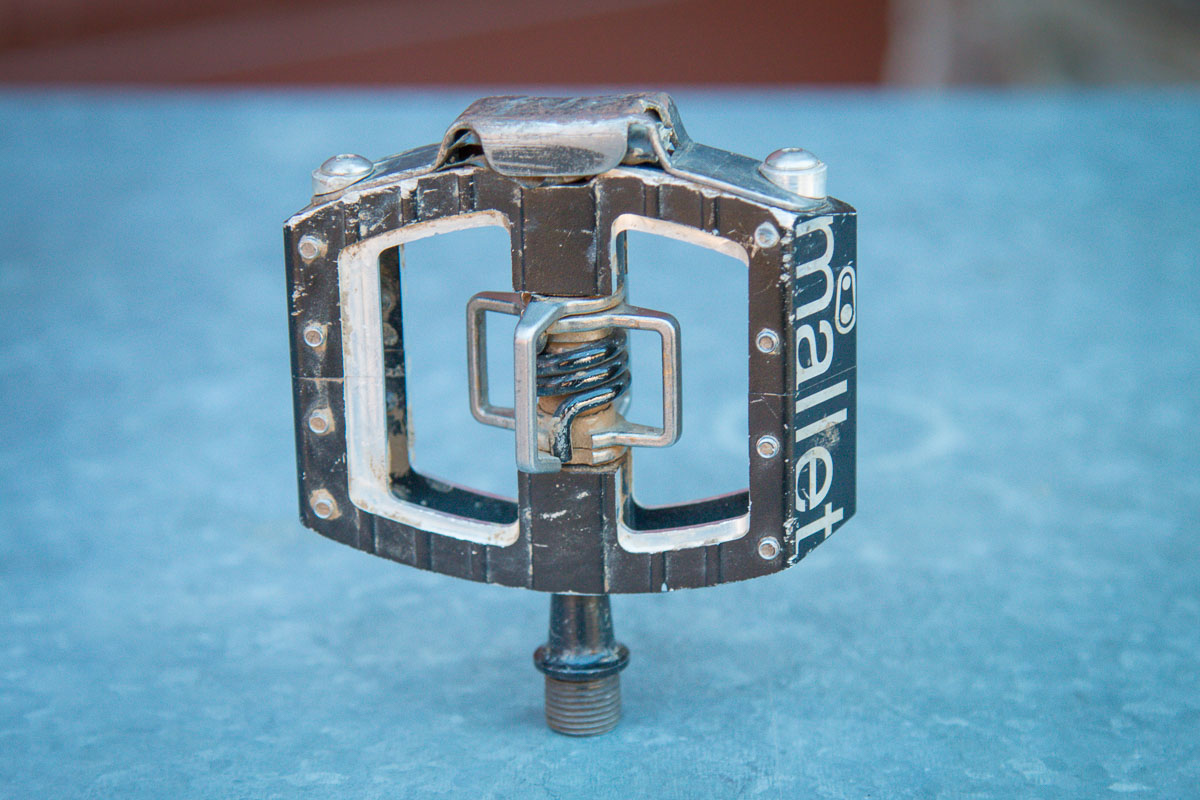
Development
Developed alongside the new Specialized Demo, much of the Enduro’s new found speed can be traced back to the axle path and suspension. Just like on the Demo, Specialized utilized a set of pedals with built in accelerometers to determine exactly what was happening at the rider’s feet as the rear wheel went through the travel. That was based on feedback from their riders that older versions of the Demo had too much feedback at the pedals.
New Paths
All of this led to a more rearward axle path which aids in momentum carry. Specialized claims this allows the rear wheel to get out of the way as quickly as possible and allows you to go faster even as the rear wheel is hitting things. Moving to 29″ wheels made this a challenge as it drops the BB in relation to the axle which creates a more forward axle path, but this was accomplished by moving the main pivot. Clearly, too much of a rearward axle path will mean undesirable chain growth and pedal kickback, so there was a fine line for Specialized engineers to walk.
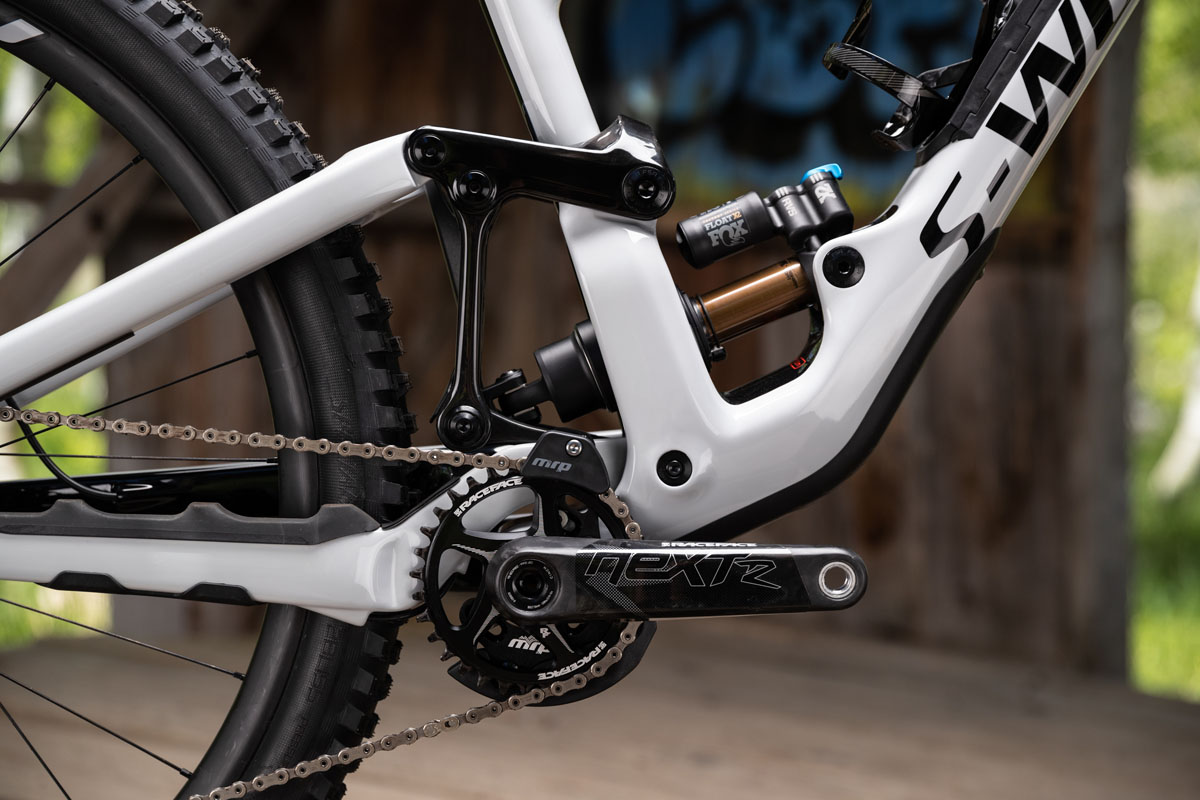
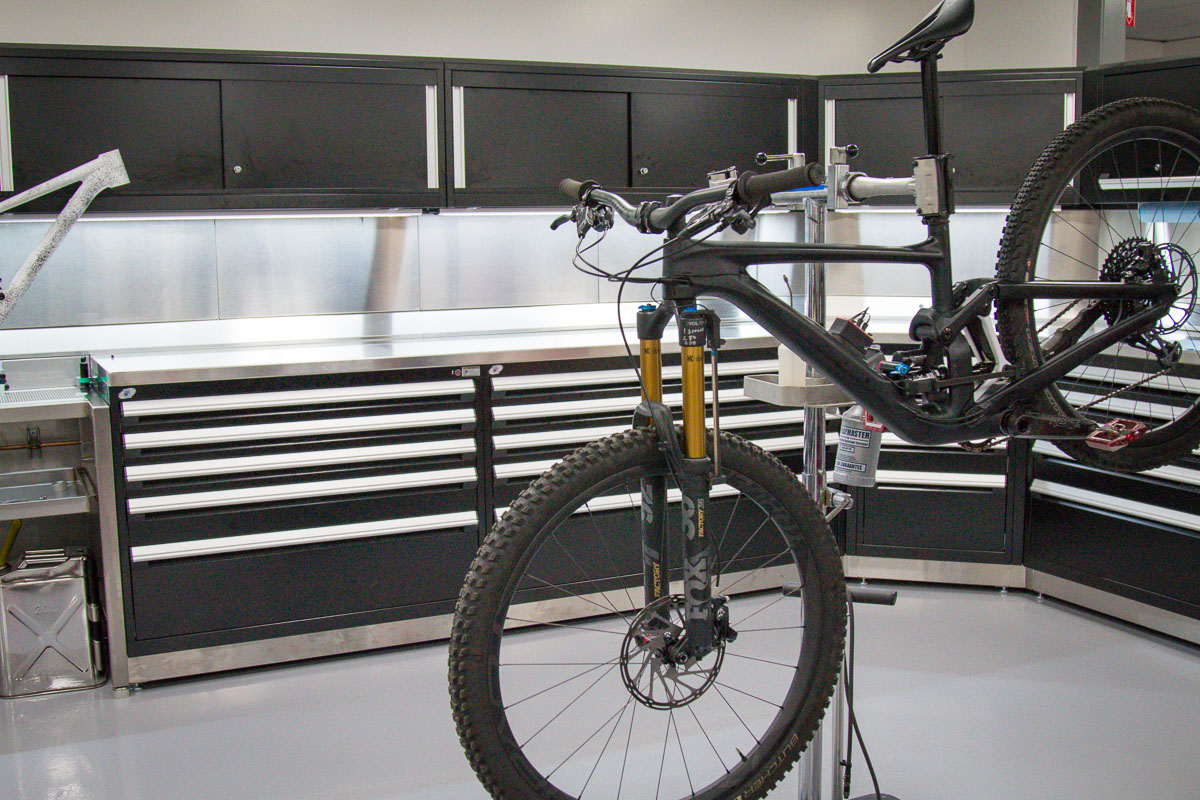
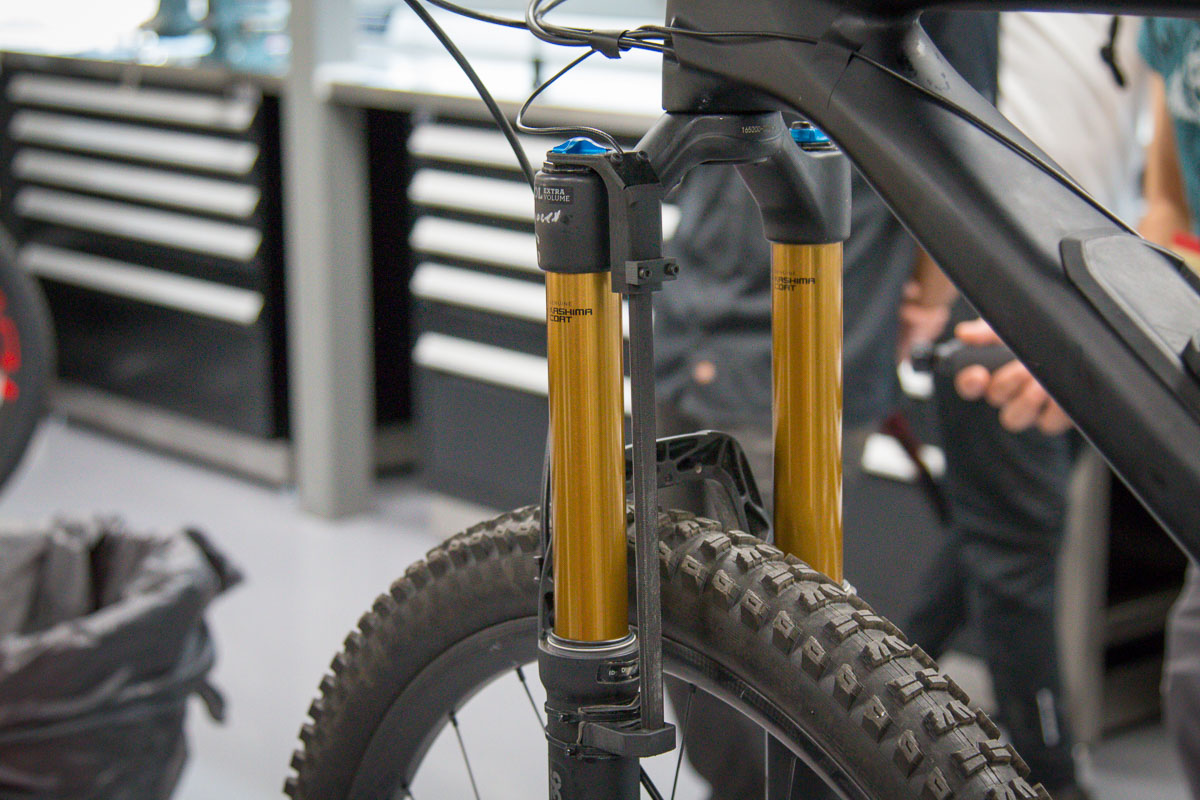
Improved suspension
The new axle path combines with a new RX Tuned suspension design and leverage ratio to further improve the ride. By changing the instant center, the new frame has more anti-squat – around 40% for a more pedal efficient platform. The leverage curve is also more progressive for improved bottom out resistance and small bump compliance. The suspension curve is also coil shock friendly and the frame uses a Metric sized Trunnion shock. With the goal of making this more of a “mini DH bike you can pedal”, the travel has been increased from 160mm to 170mm front and rear.
S-Works gets the works
By moving to the suspension linkage design from the new Demo, Specialized was able to fine tune the suspension on the Enduro while keeping the center of gravity nice and low. All of the Enduro frames feature a carbon frame, but the S-Works models kick it up a notch with full carbon suspension links to drop about 250g from the weight of the frame. But the carbon links are also stronger thanks to the utilization of continuous strand carbon fiber. Note that these are a service part so you could technically buy them and upgrade one of the non-S-Works models if you wanted an easy (but likely expensive) way to drop 250g from your bike.
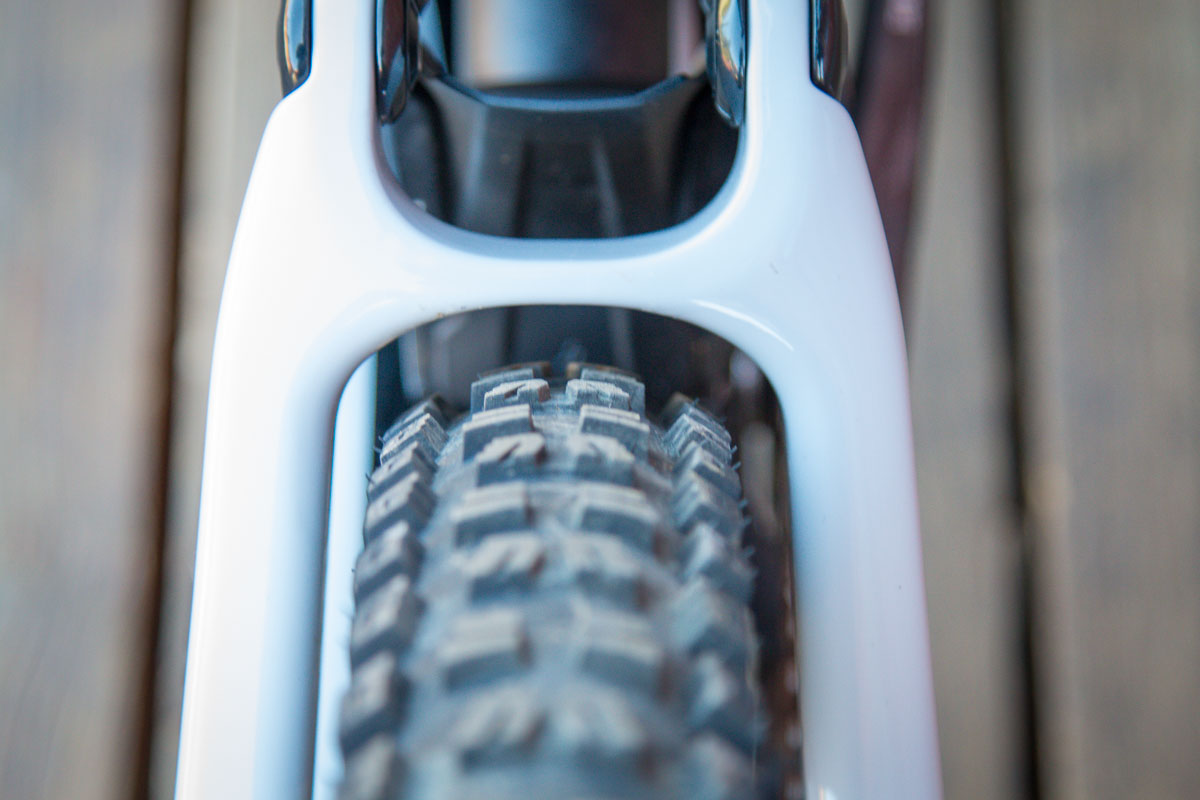
29″ Only
All of the models are also running 29″ wheels. That’s right, no more 27.5″ wheels. Since the Enduro is all about speed, the smaller wheels have been jettisoned like the Demo. Even with the bigger wheels though, the Enduro has a rear-end that is about 12% stiffer. The front stiffness remains about the same in order to provide what Specialized says is a balanced stiffness front and rear.
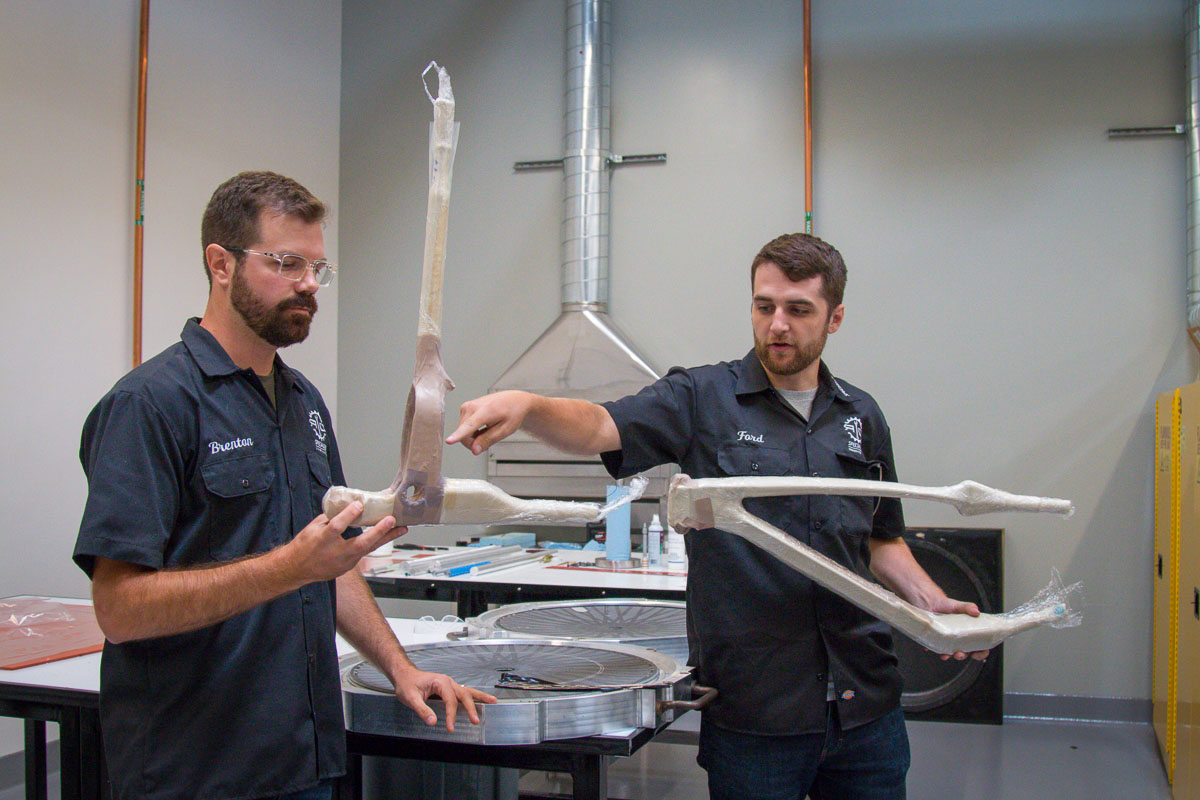
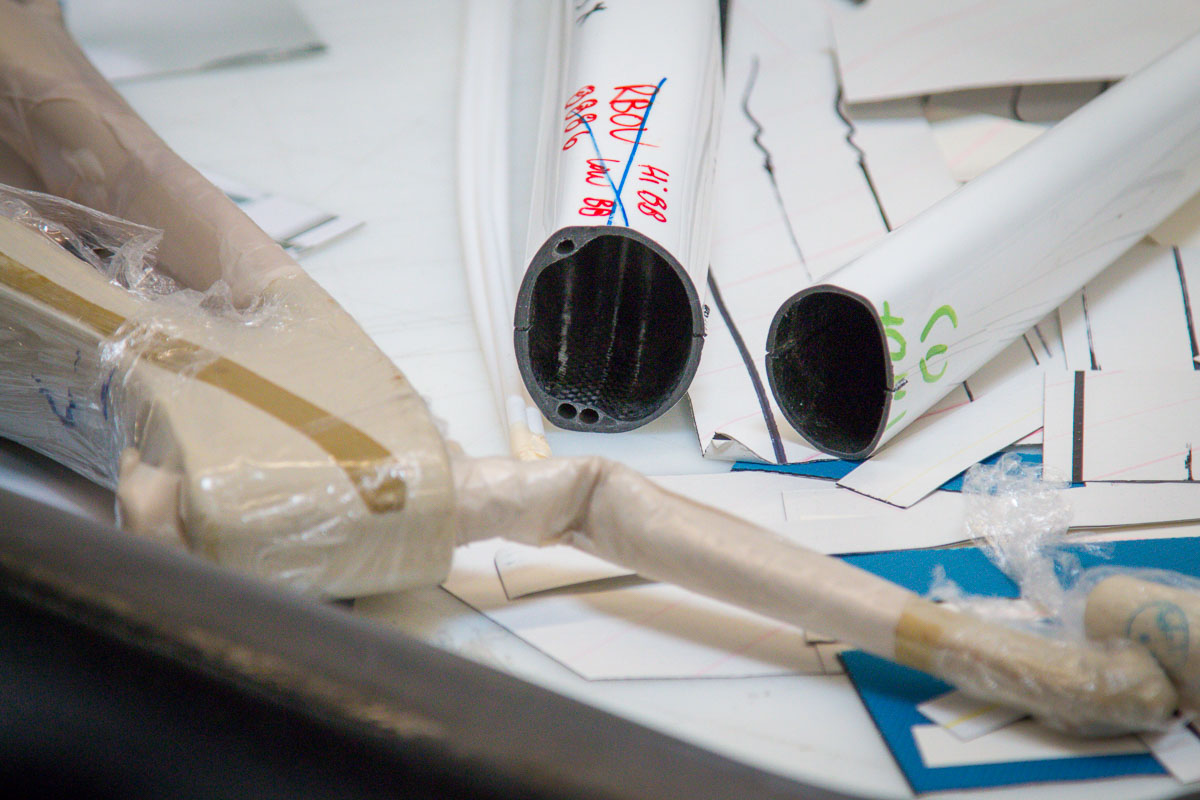
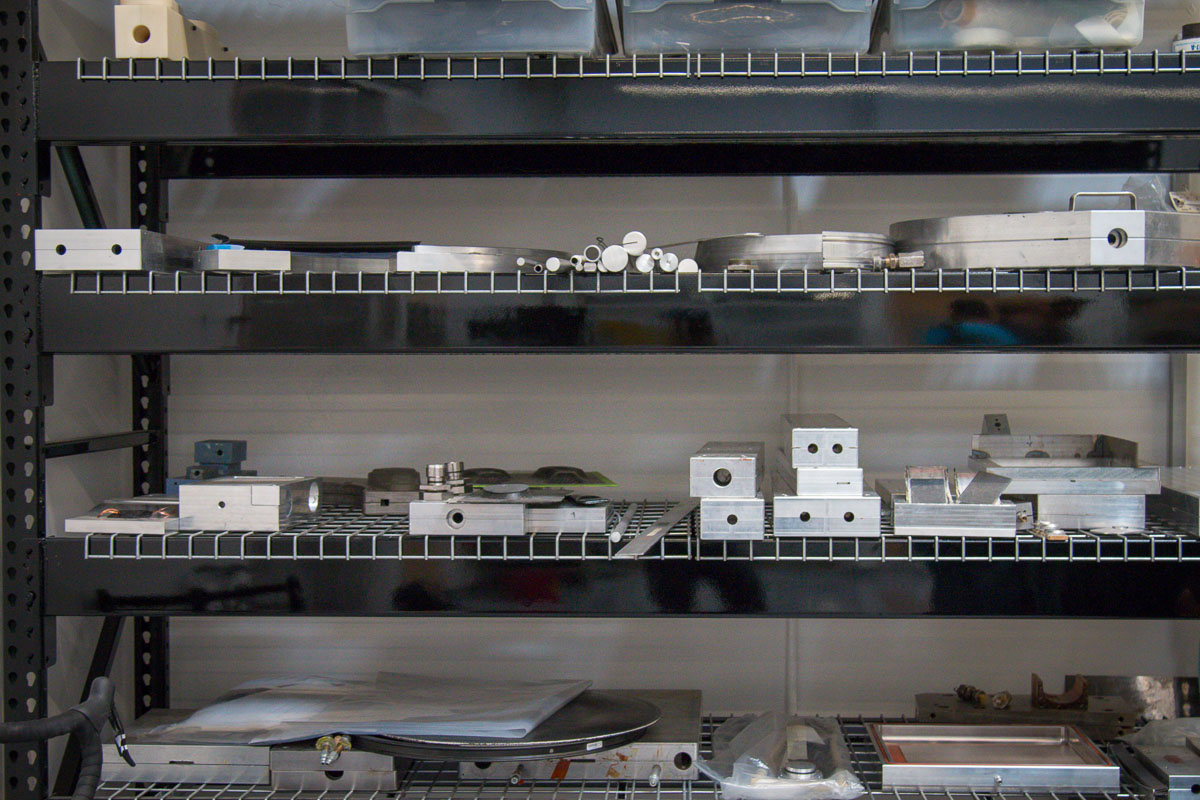
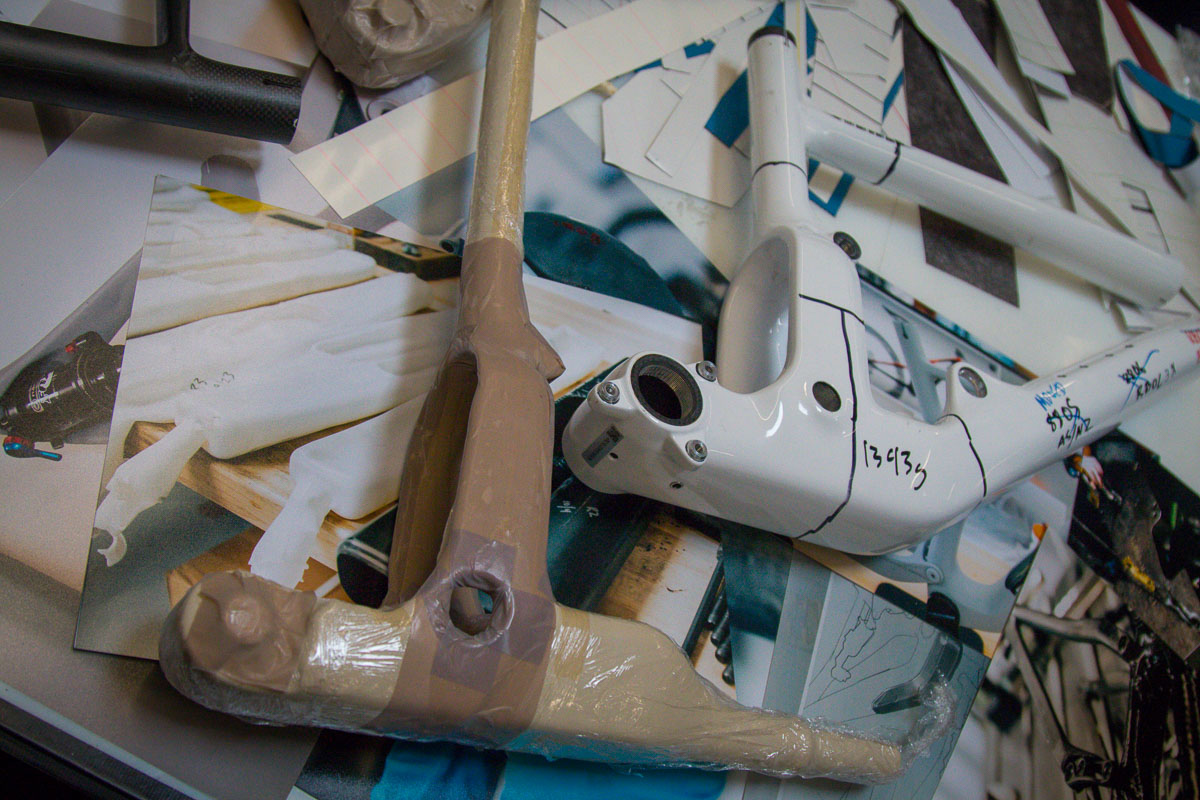
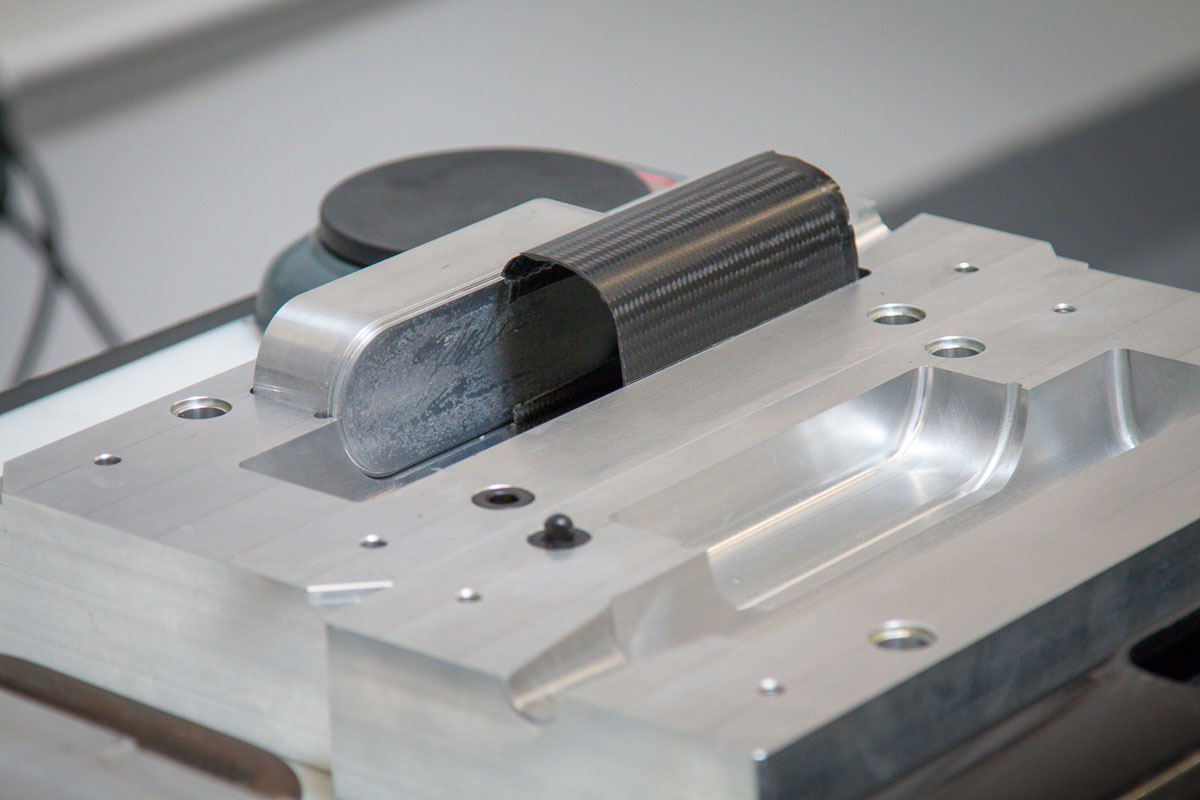
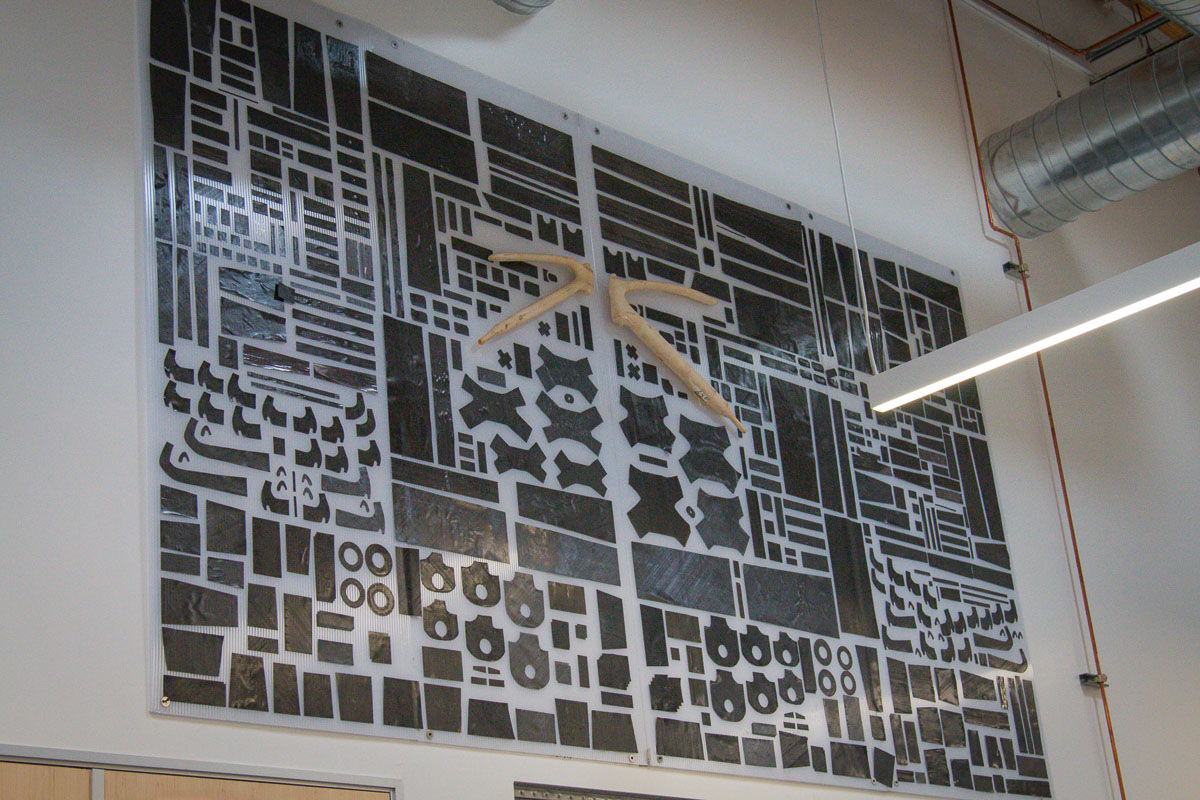
Carbon development – from Morgan Hill to production
To get there, Specialized utilized their in-house carbon engineering team – while the production bikes aren’t made in house, Specialized is able to make complete carbon prototypes in Morgan Hill. They also employ a lot of aluminum prototyping with carbon over-wrapping to find the base stiffness targets and then transfer that into carbon fiber.
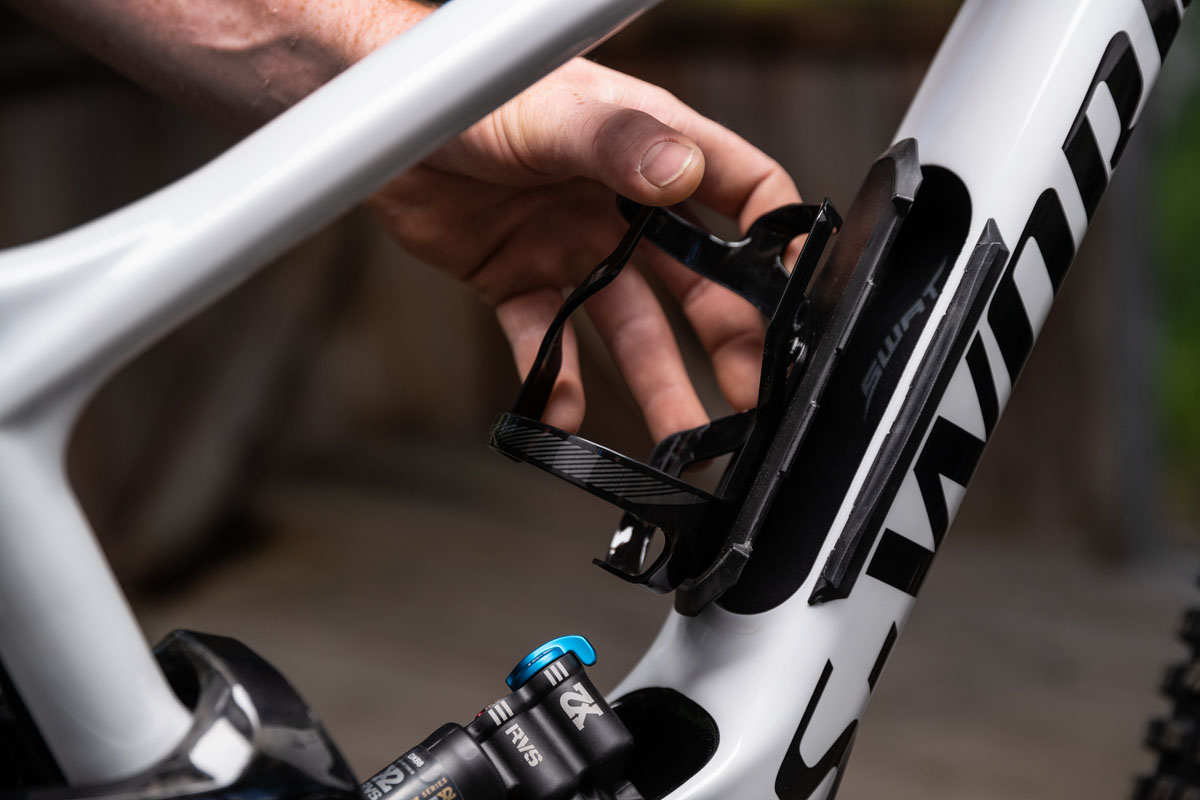
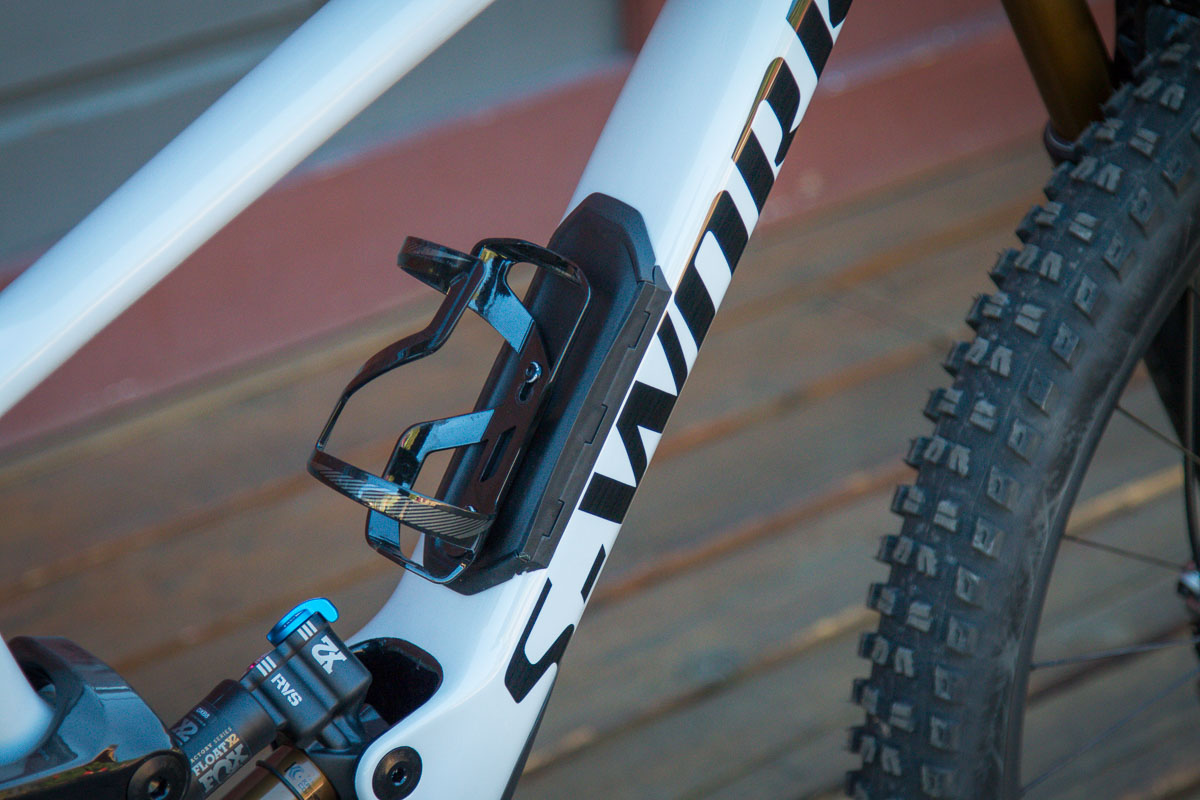
SWAT!!
Part of that carbon fiber design process is responsible for the addition of the SWAT door in the new Enduro. As always, forming a giant hole in the downtube and maintaining stiffness and strength isn’t the easiest thing to do from an engineering perspective, but it results in a more usable bike. It also means that you have room for a bottle cage inside the front triangle with your tools and spare tube underneath it which keeps that center of gravity low.
2020 Geometry
You can’t talk about any new mountain bike without talking about the geometry, and the Enduro is no different. Yes, it’s longer, slacker, and lower but it also moves to a new sizing convention for the model. Now using Specialized ‘S’ sizing, the bike will be offered in S2, S3, S4, and S5 frame sizes. Part of this is to get rid of the traditional size limitations and instead get riders to pick a size based on their needs and wants. Now that the seat tubes are so short, you can pick a smaller size for a more playful bike, or a larger size for a bike that’s more stable at speed with a longer reach.
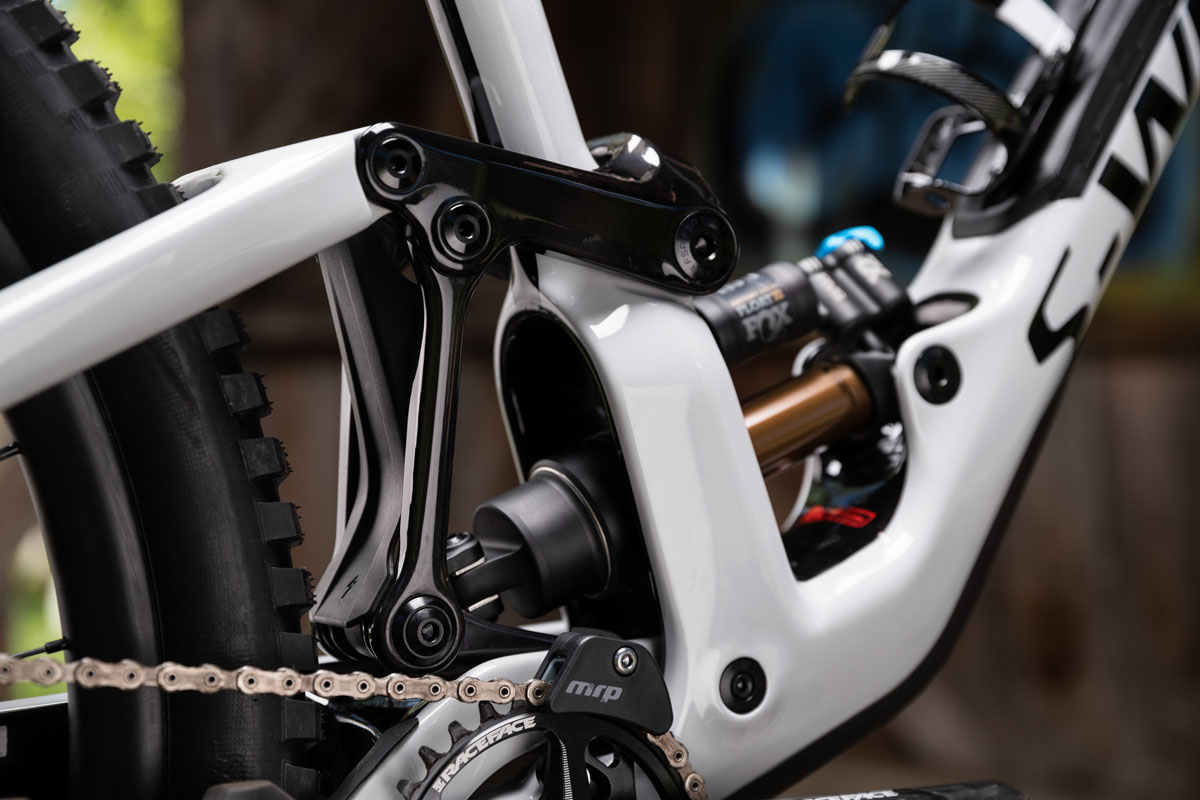
You’ll find a 511mm reach on the longest S5 model, and 442mm chain stay lengths on all sizes. A flip chip adjusts the head tube angle from 63.9° in the low setting to 64.3° in the high setting and also takes the bottom bracket height from 347mm to 354mm.
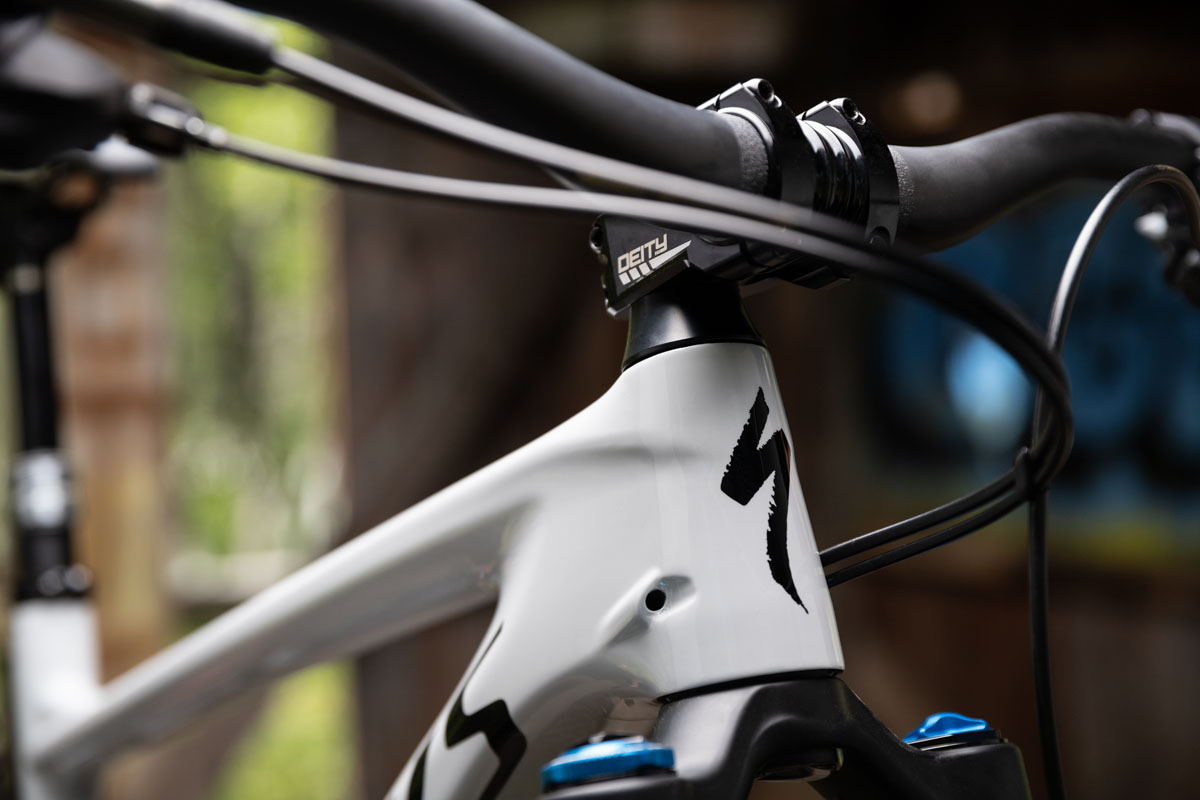
Head tubes have been shortened by 10mm to allow for lower stem positions, and each bike ships with different headset cones and six spacers to allow for the perfect fit – right out of the box.
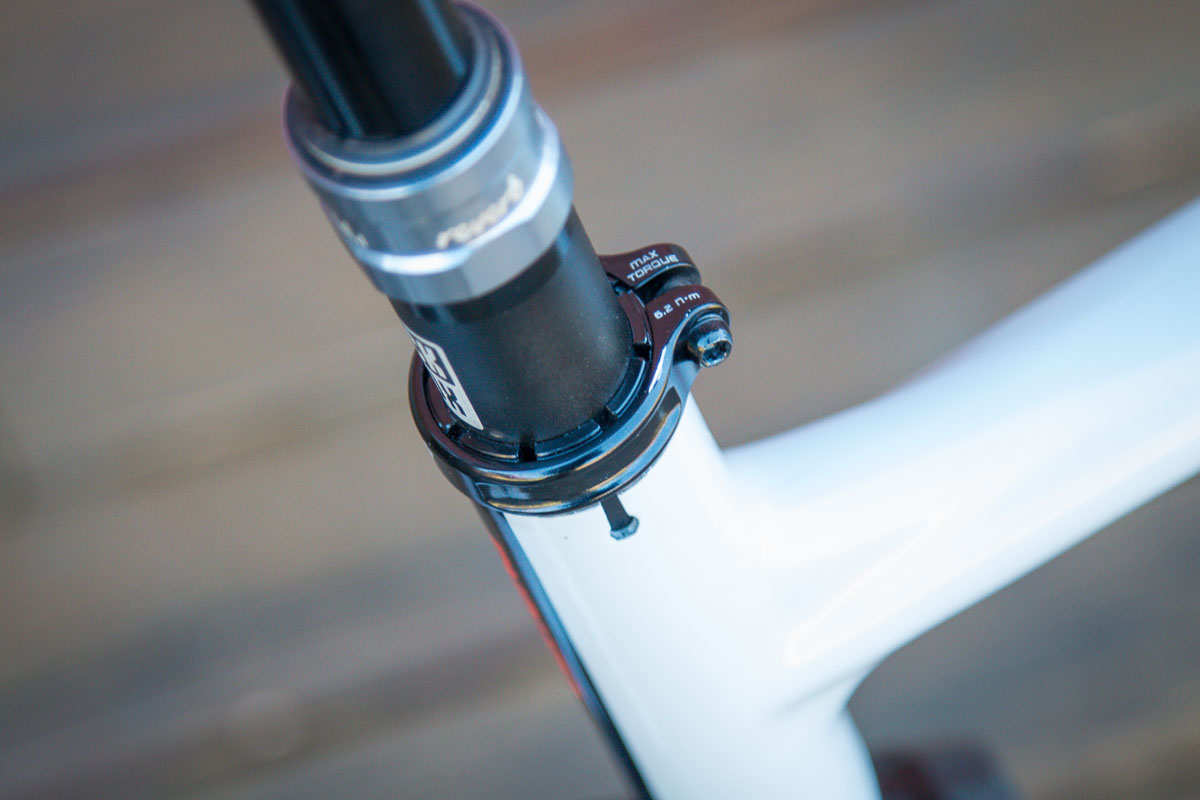
No more Command Posts?
Going with the “ride whatever size you like” mantra, each size has a 25mm shorter seat tube to allow for longer dropper posts to be used. You’ll notice that there are no more Specialized Command Posts used – Specialized admits that they determined that their limited engineering resources could be better used elsewhere, and consumers and athletes have been requesting main brands like the RockShox Reverb. The seat tube is still 34.9, yet it’s shimmed to 30.9 for the Reverb on the S-Works model. Complete builds will use a 150mm dropper post on S2/S3 sizes and a 170mm post on S4/S5 sizes.
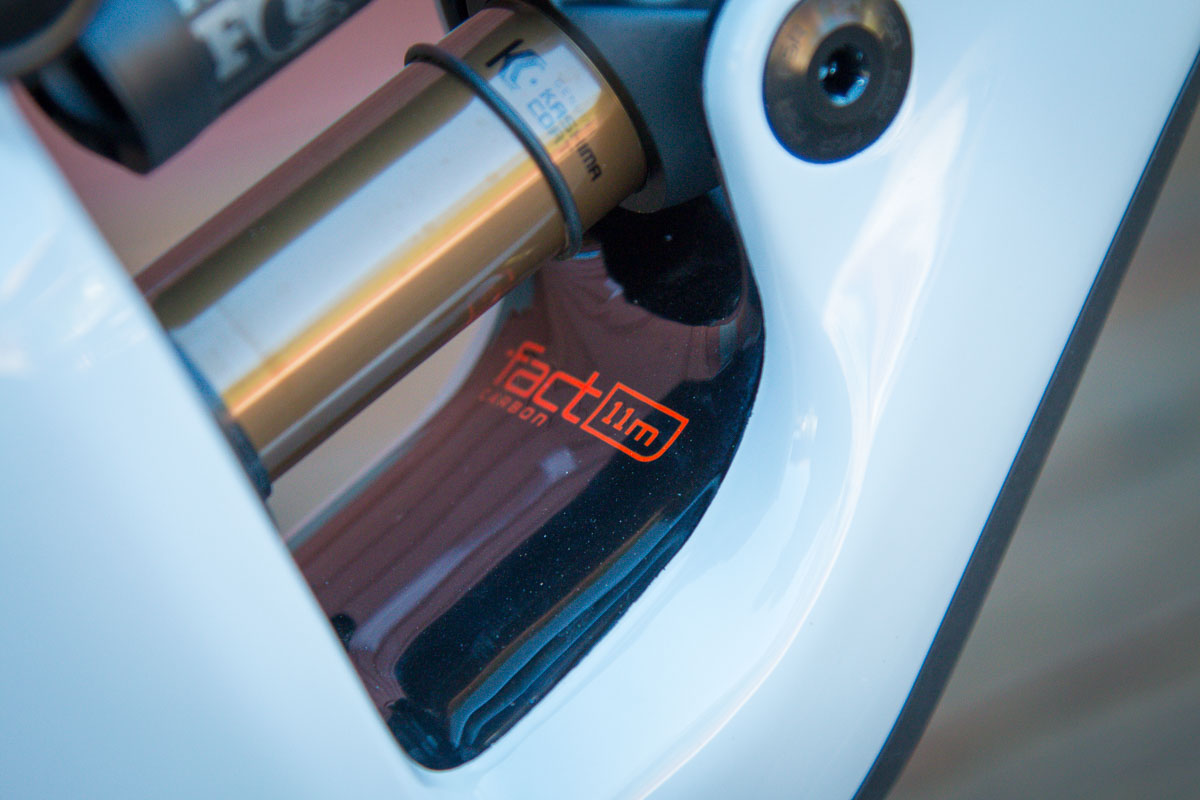
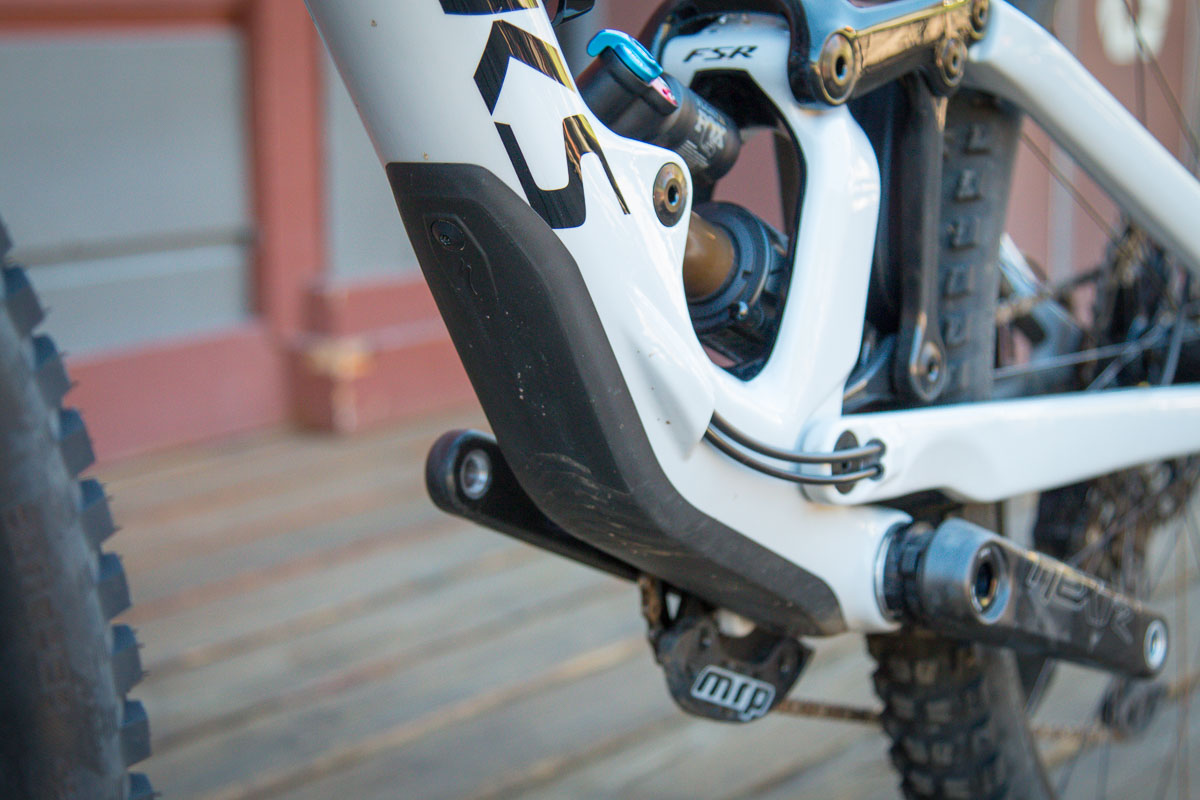
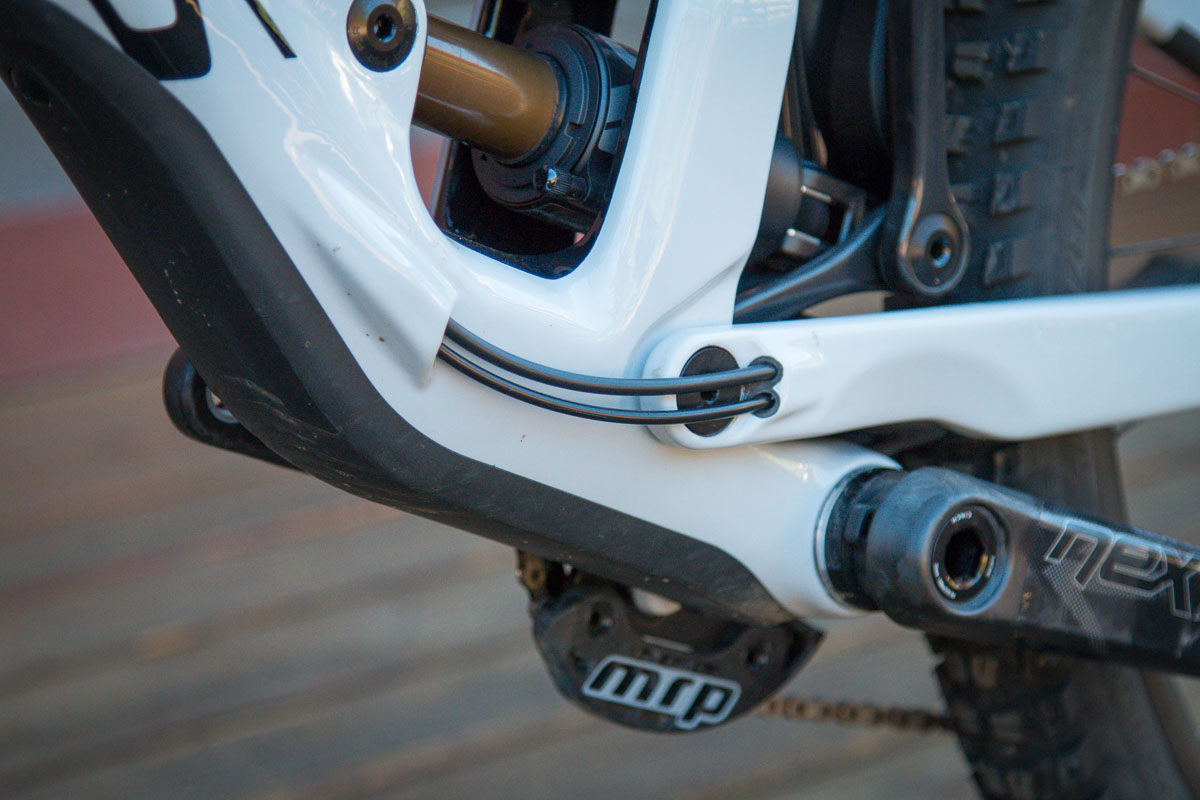
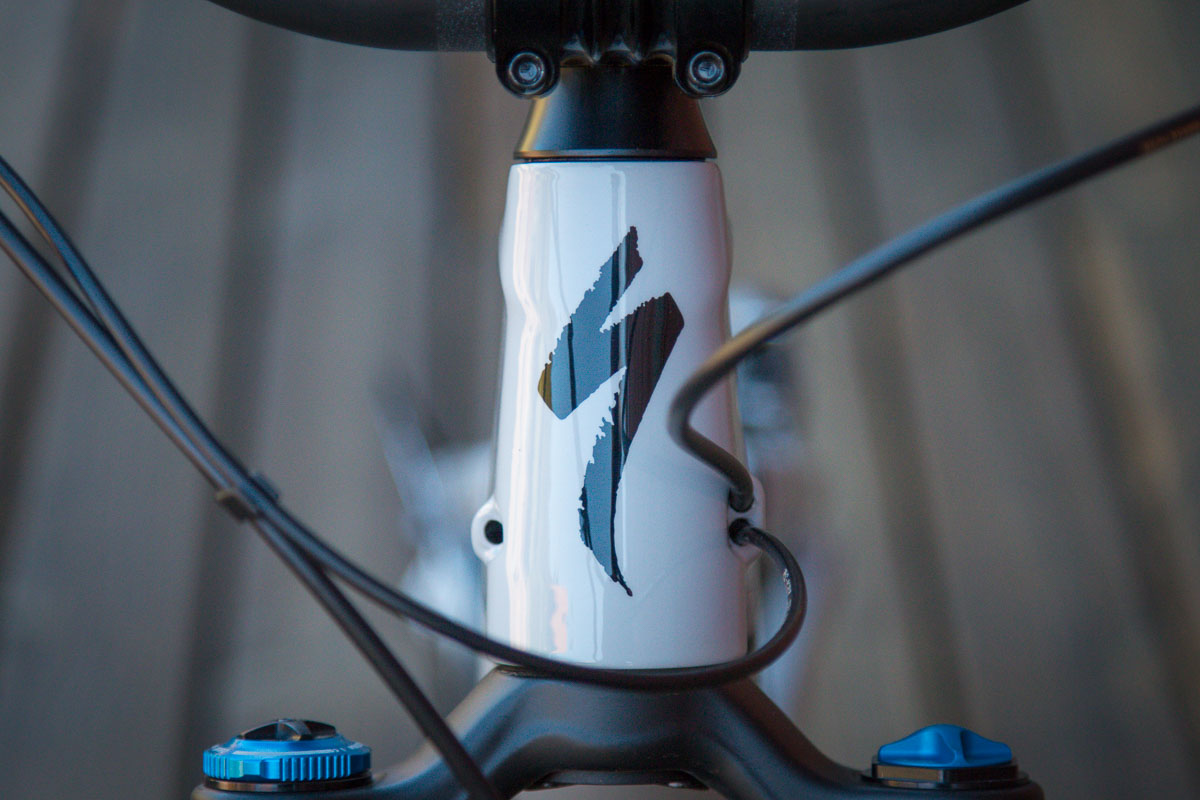
Frame Details
Like the new Stumpjumper, Each FACT 11 carbon frame features a threaded bottom bracket for ease of maintenance. They also use sealed cartridge bearings at all of the pivots, 12 x 148mm dropouts, and a massive downtube protector with ridged chainstay protector and additional seatstay protection. Cable routing is internal with “painless routing” and a beautiful cable arc from the front triangle to the swingarm – for both the rear brake and rear derailleur.
Chainguides can be mounted to the tabs around the BB (we believe they are ISCG05, but need to confirm), though it looks like only the S-Works model will include one as stock.
The S-Works model also includes a 35mm diameter, 800mm wide carbon bar – which is an apparent first for Roval. All of the other bikes will run alloy bars.
To keep that low slung shock nice and clean, each bike includes a custom rear fender. In our opinion, this should be standard issue on a lot more bikes.
In addition to the complete builds, Specialized will offer a frameset which happens to come in this intriguing finish (and two other colors).
The crinkle finish means no two frames will be exactly alike and the Specialized logos are fairly stealth.
Actual Weights
When it comes to weights, the frame checked in at 7.91lbs (3.59kg) with all the hardware including a bottom bracket (no headset), and the complete S-Works model in an S4 size came in at 31.68lbs (14.37kg) without pedals.
More…
Stay tuned for the complete model breakdown and first ride review!
